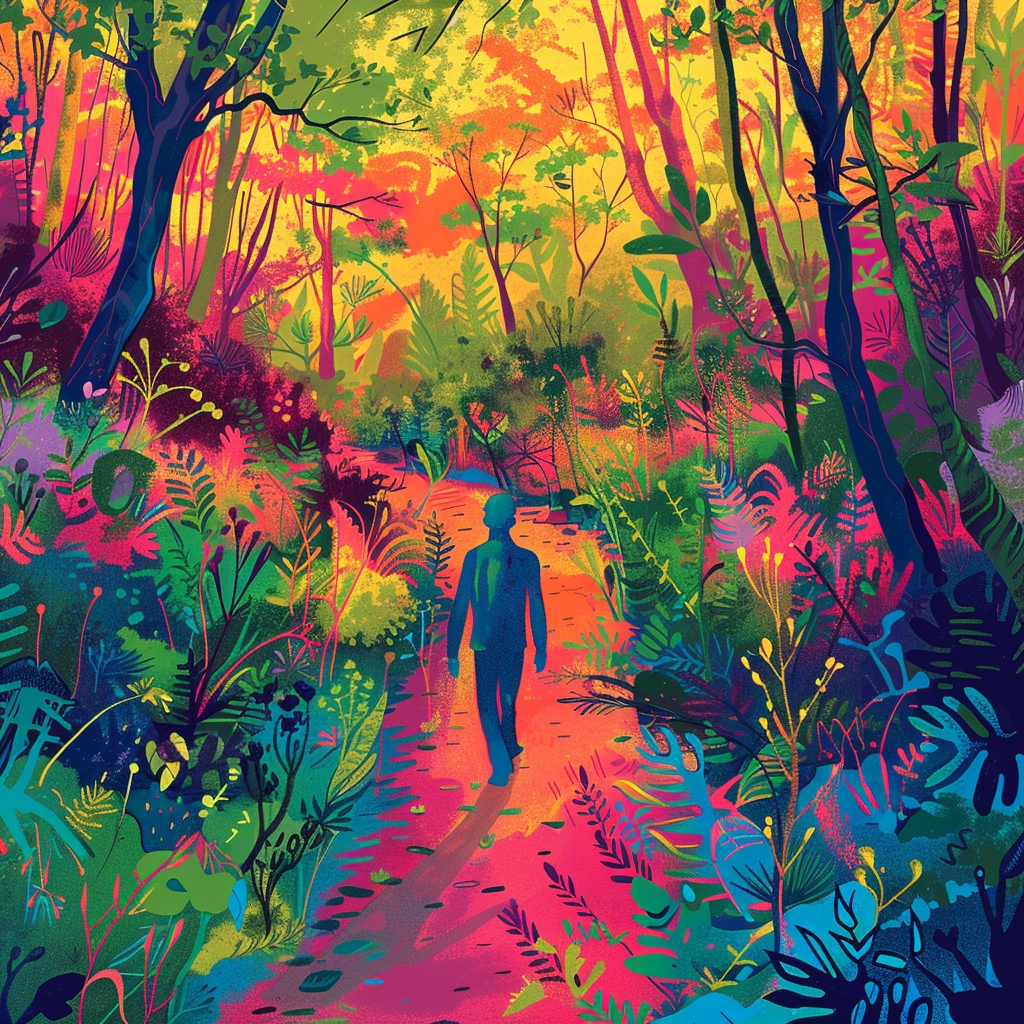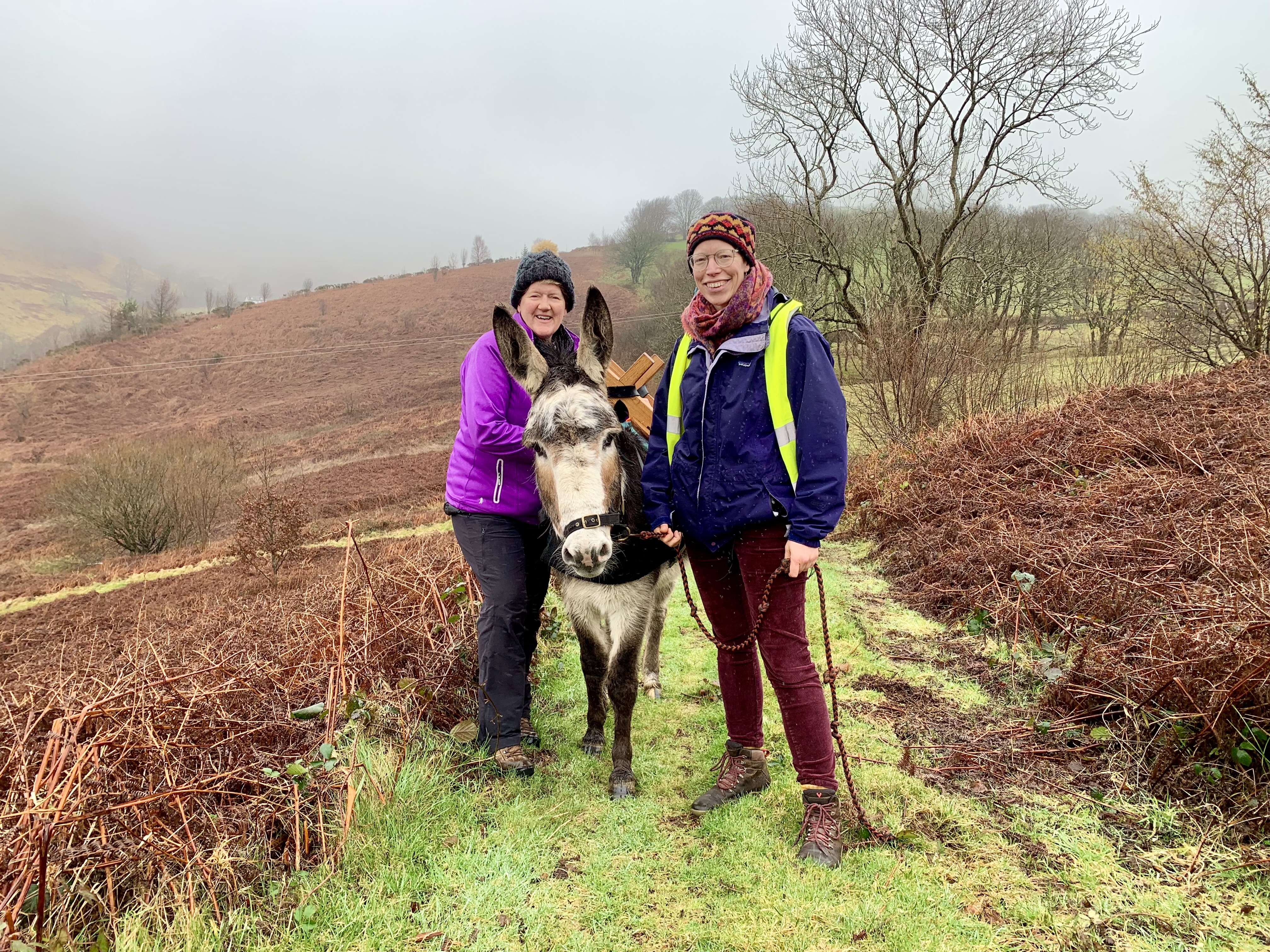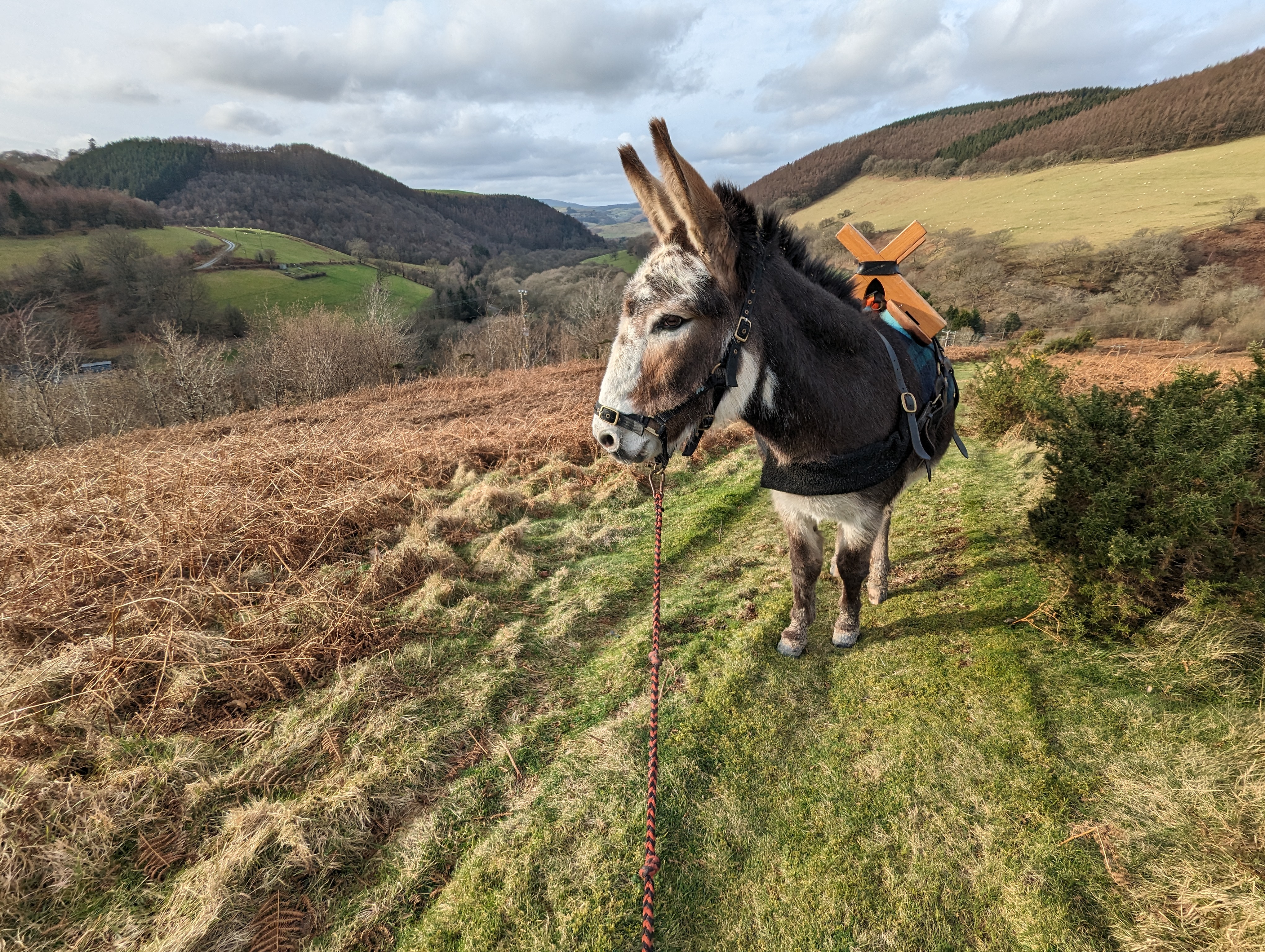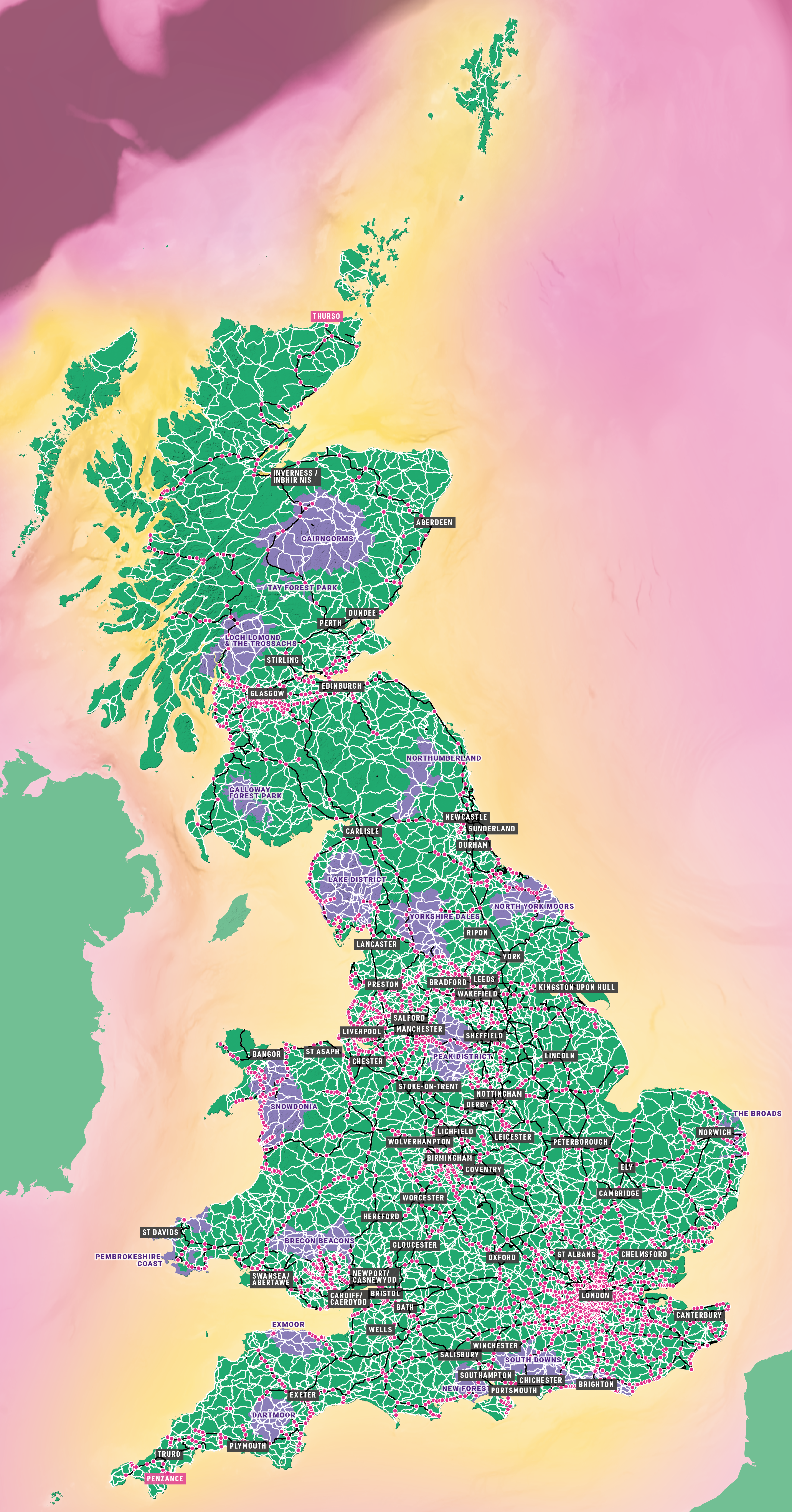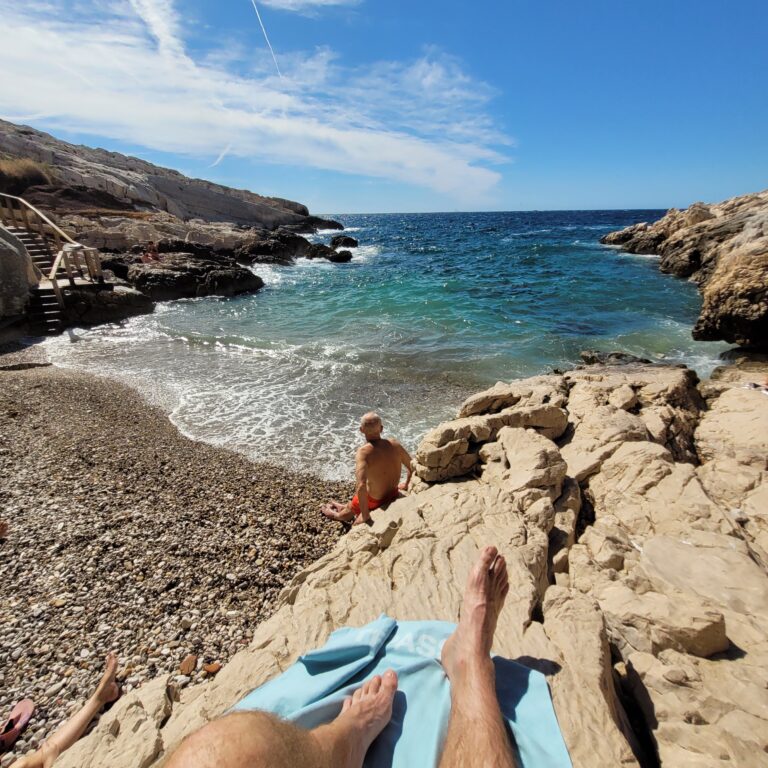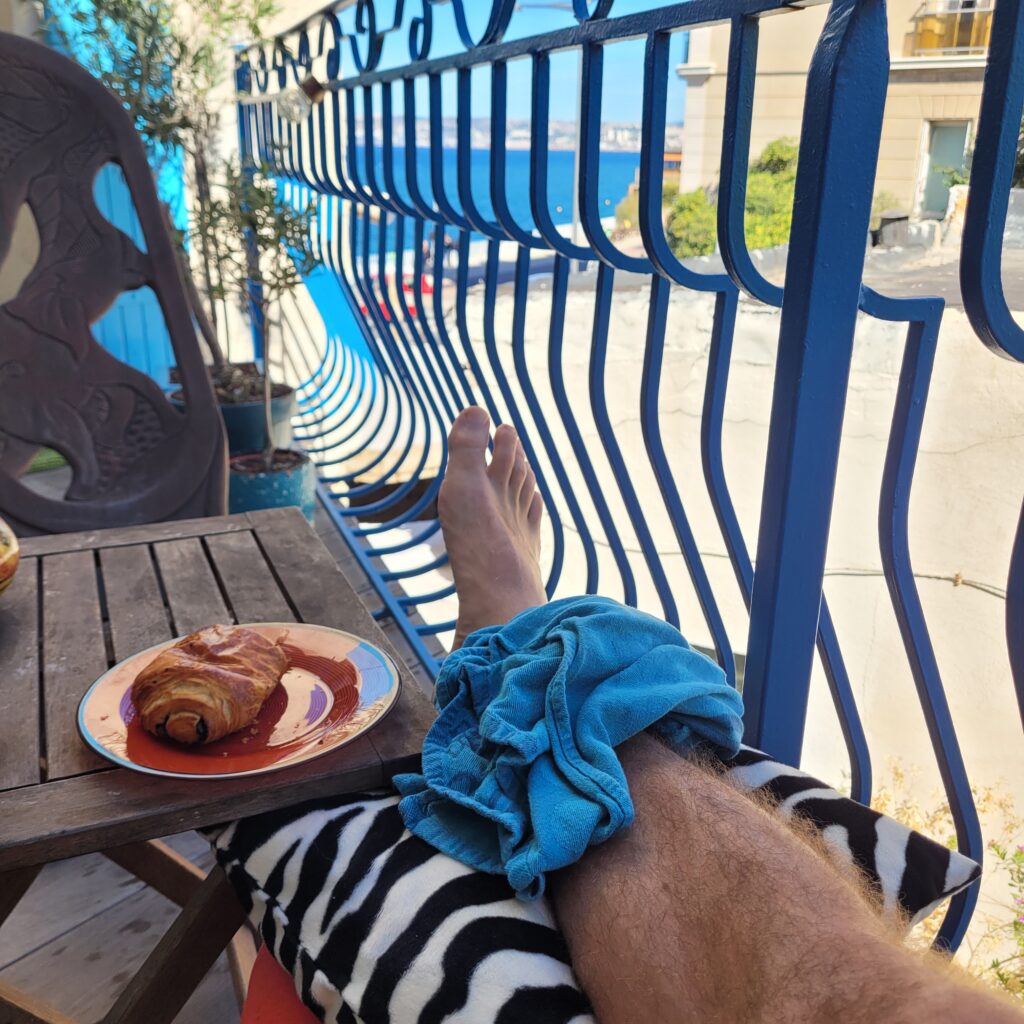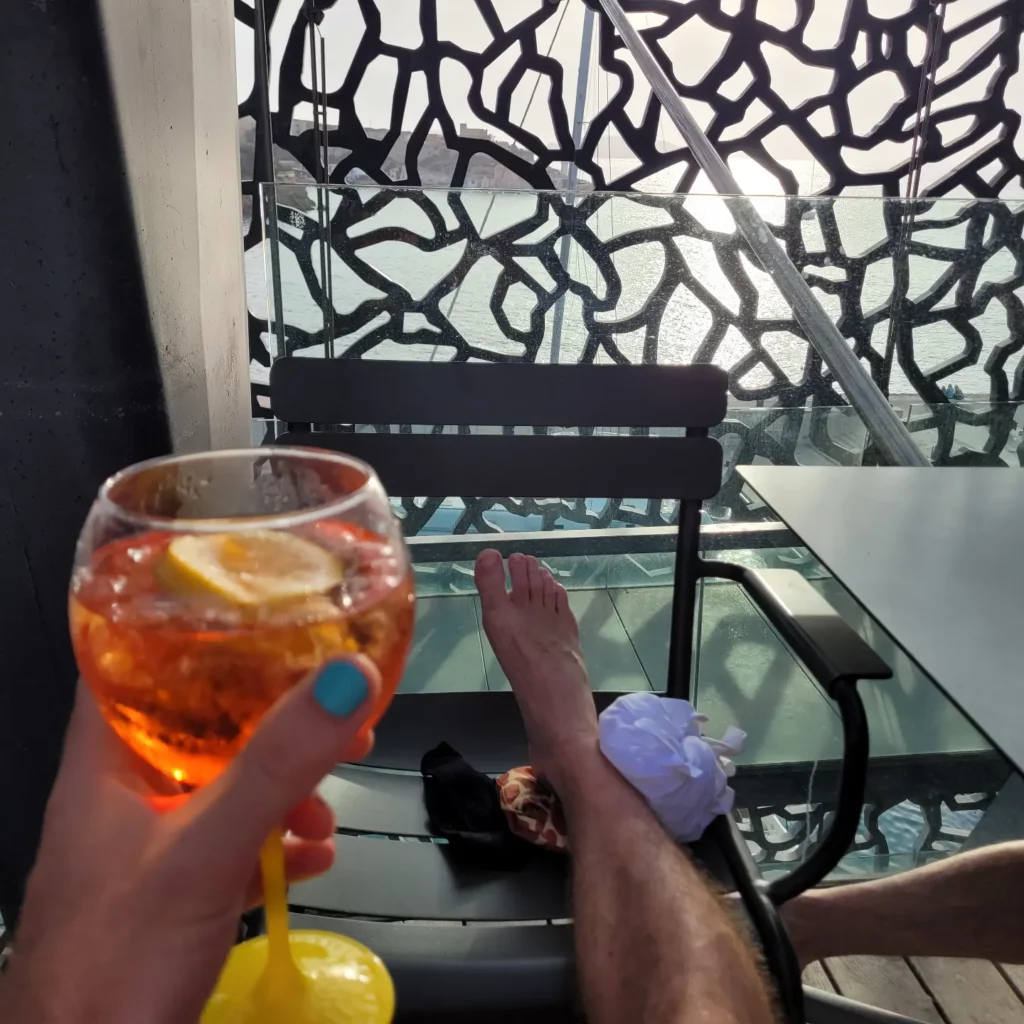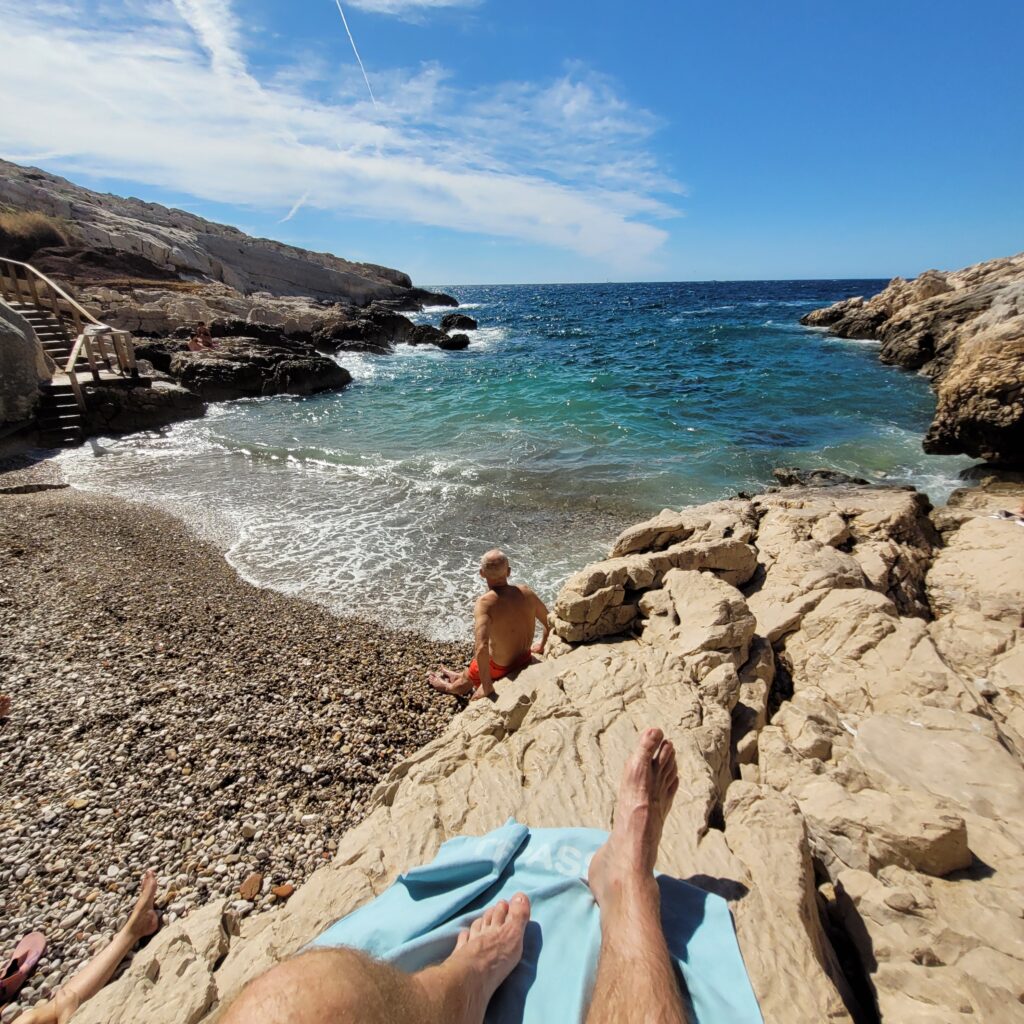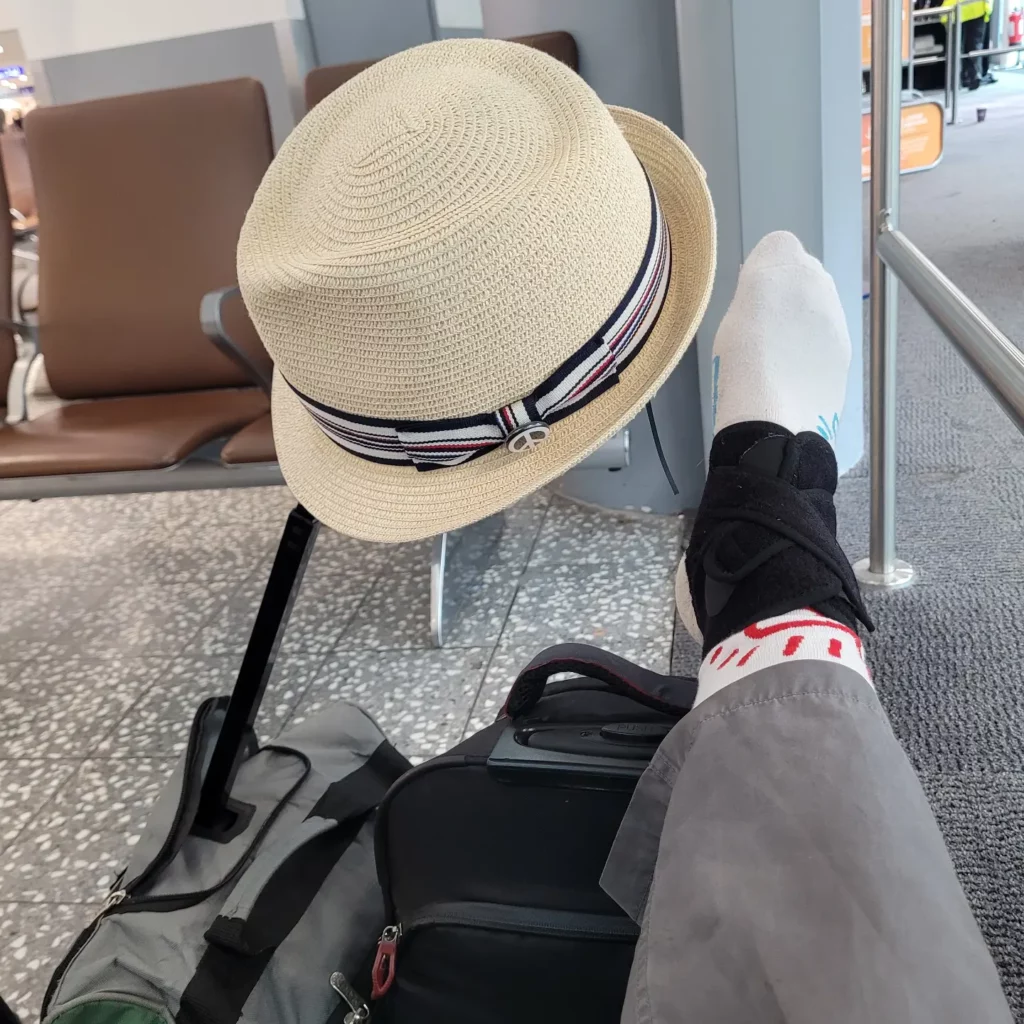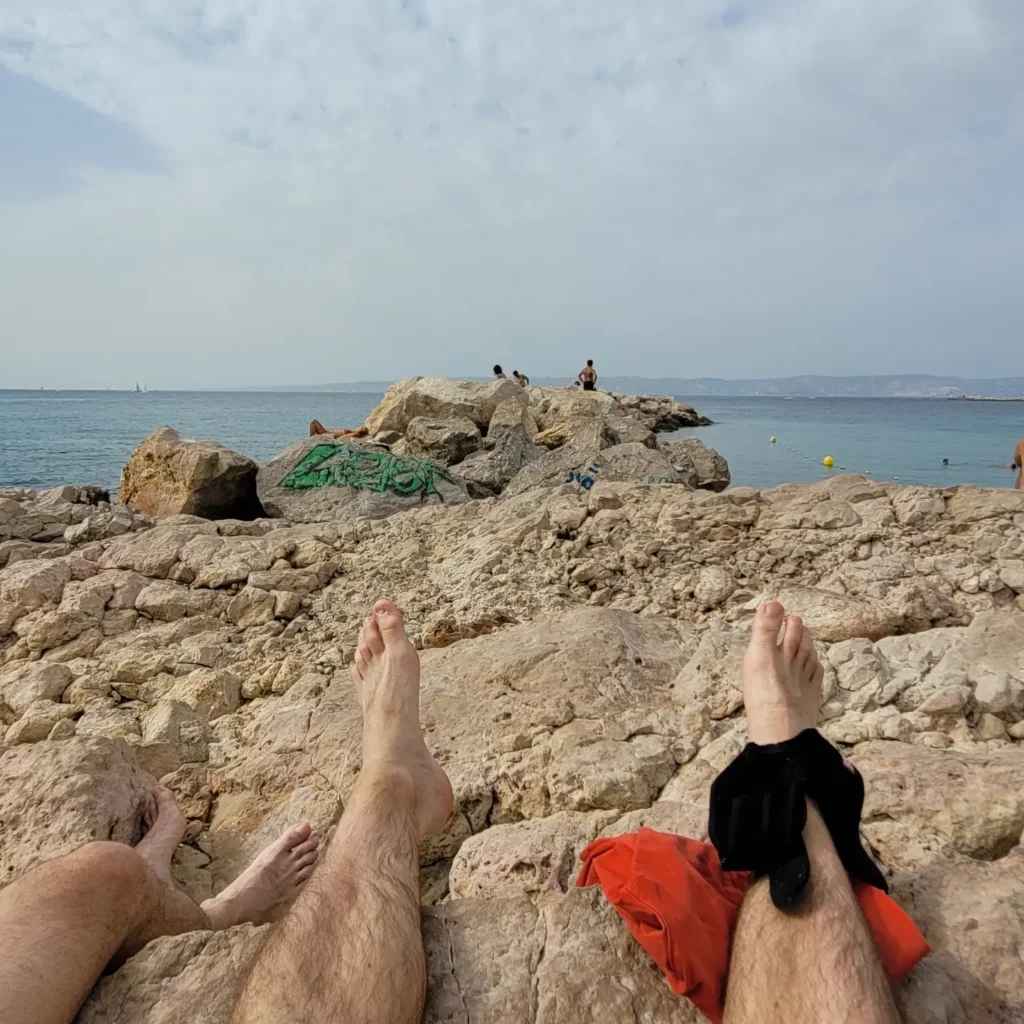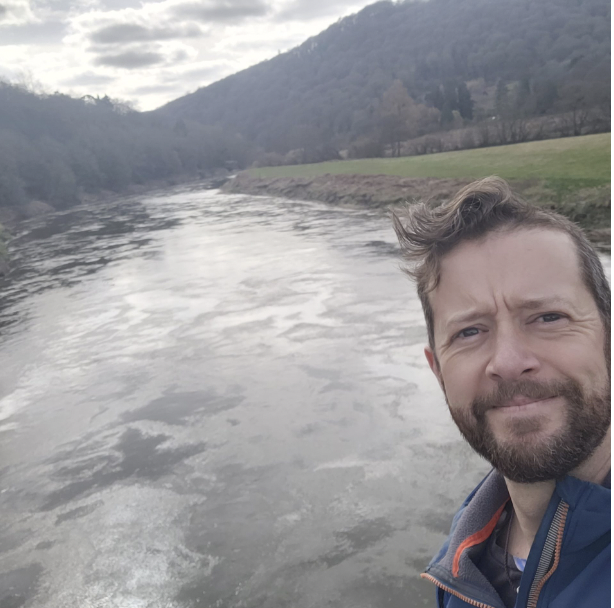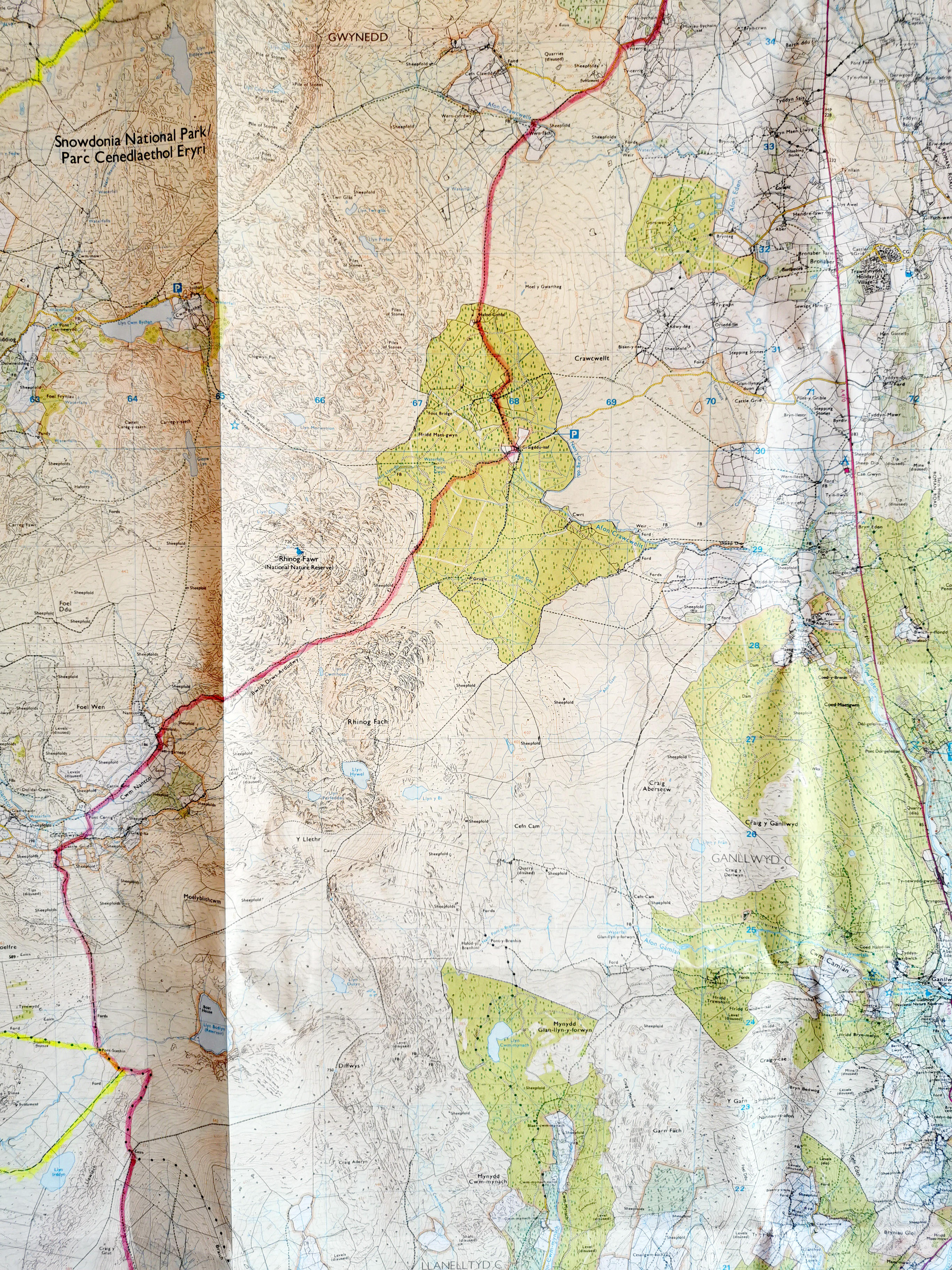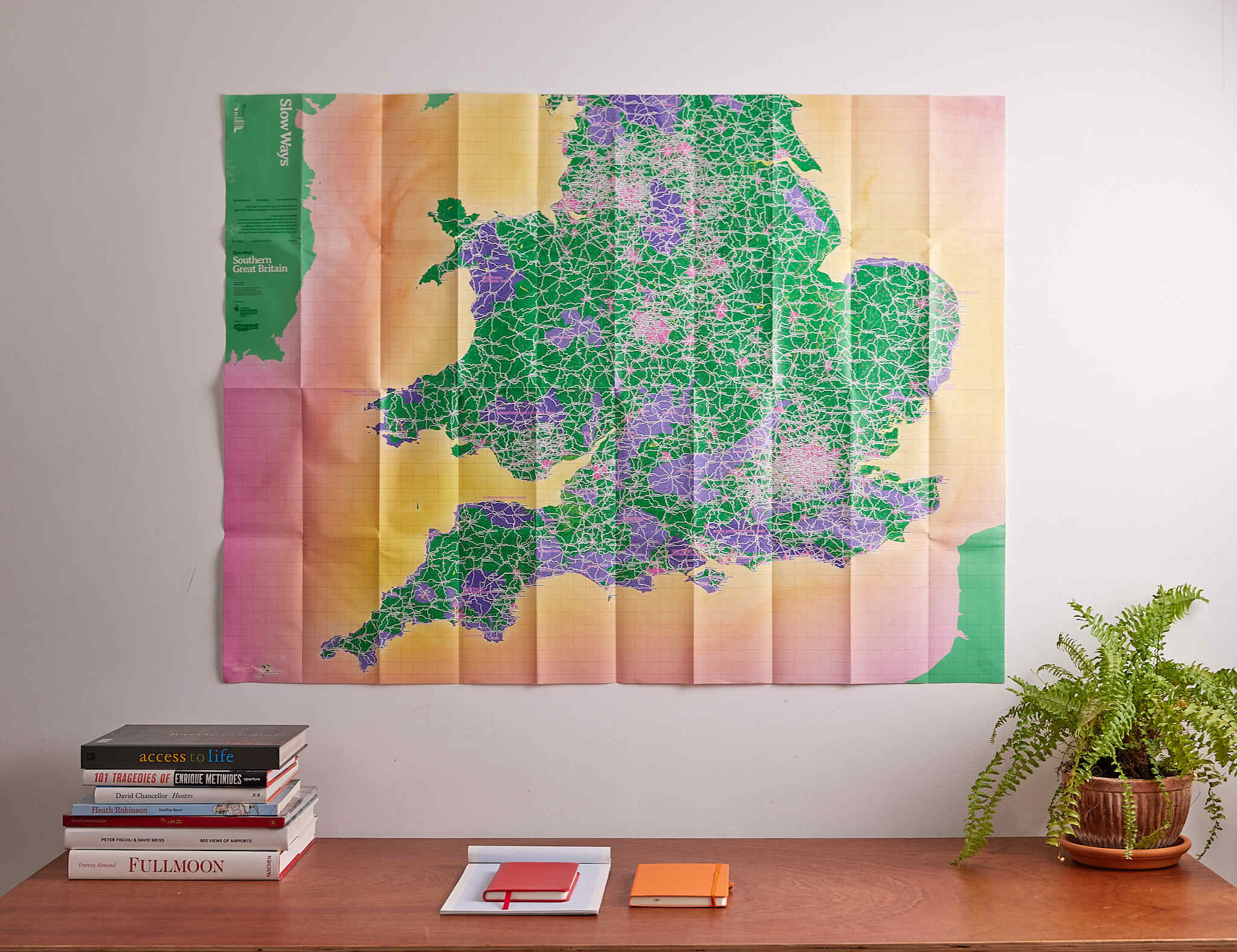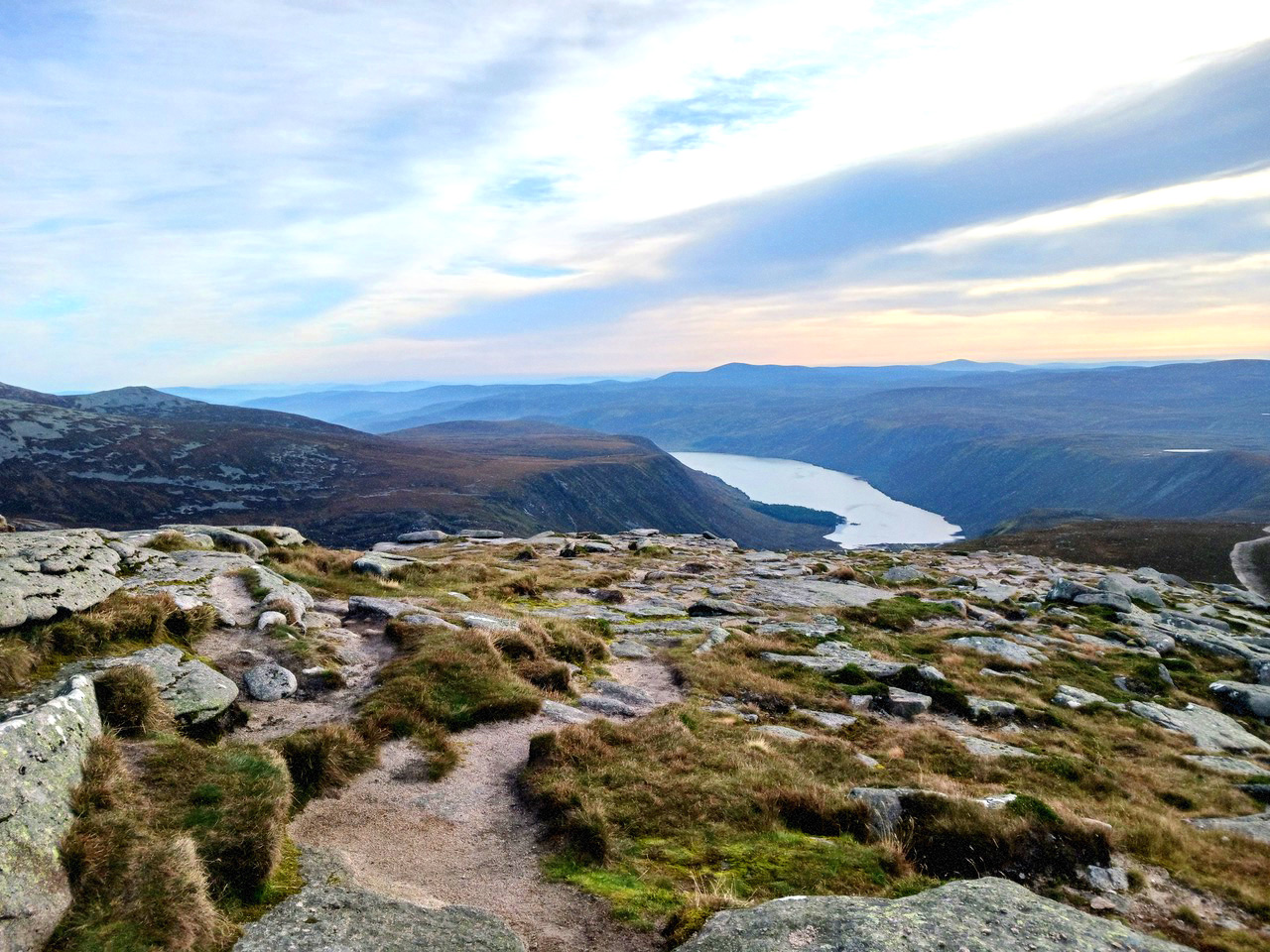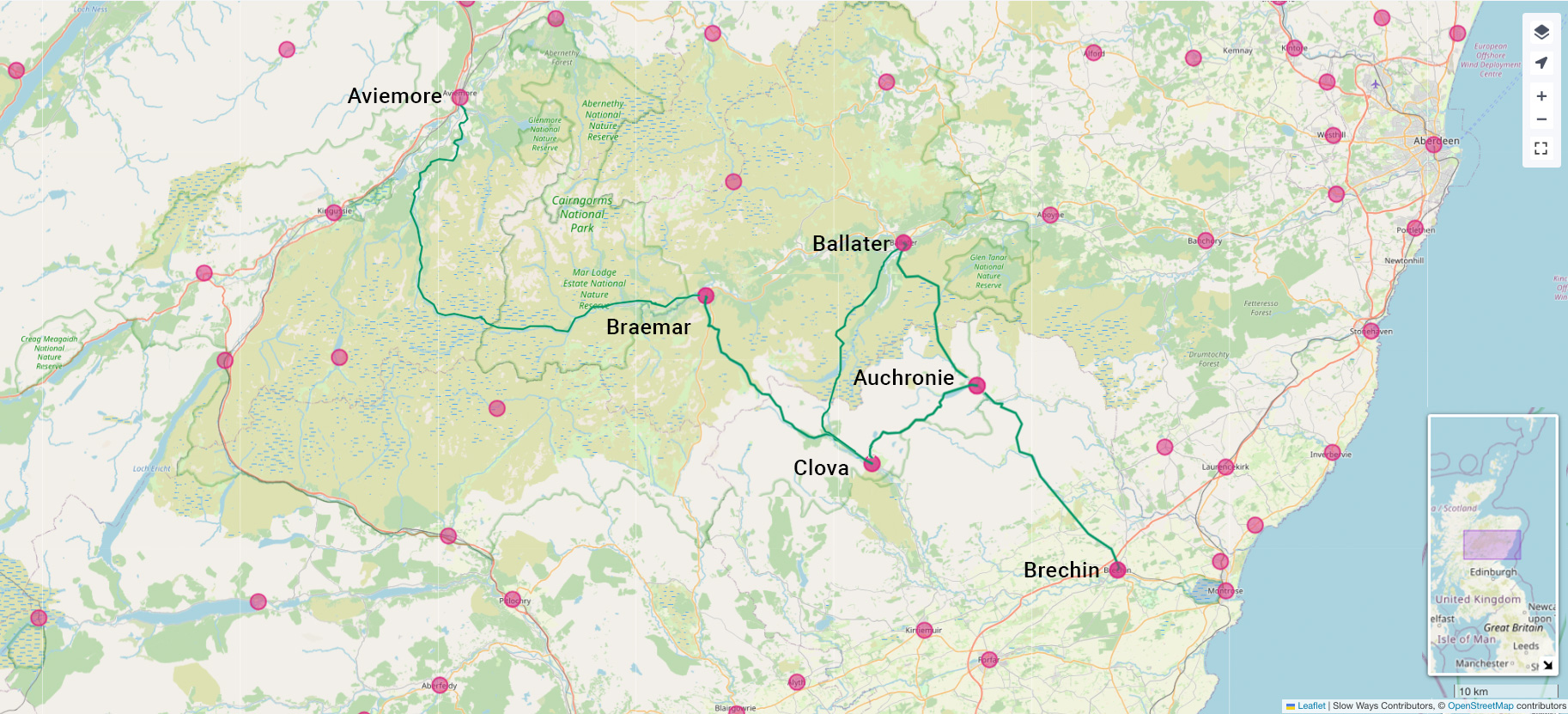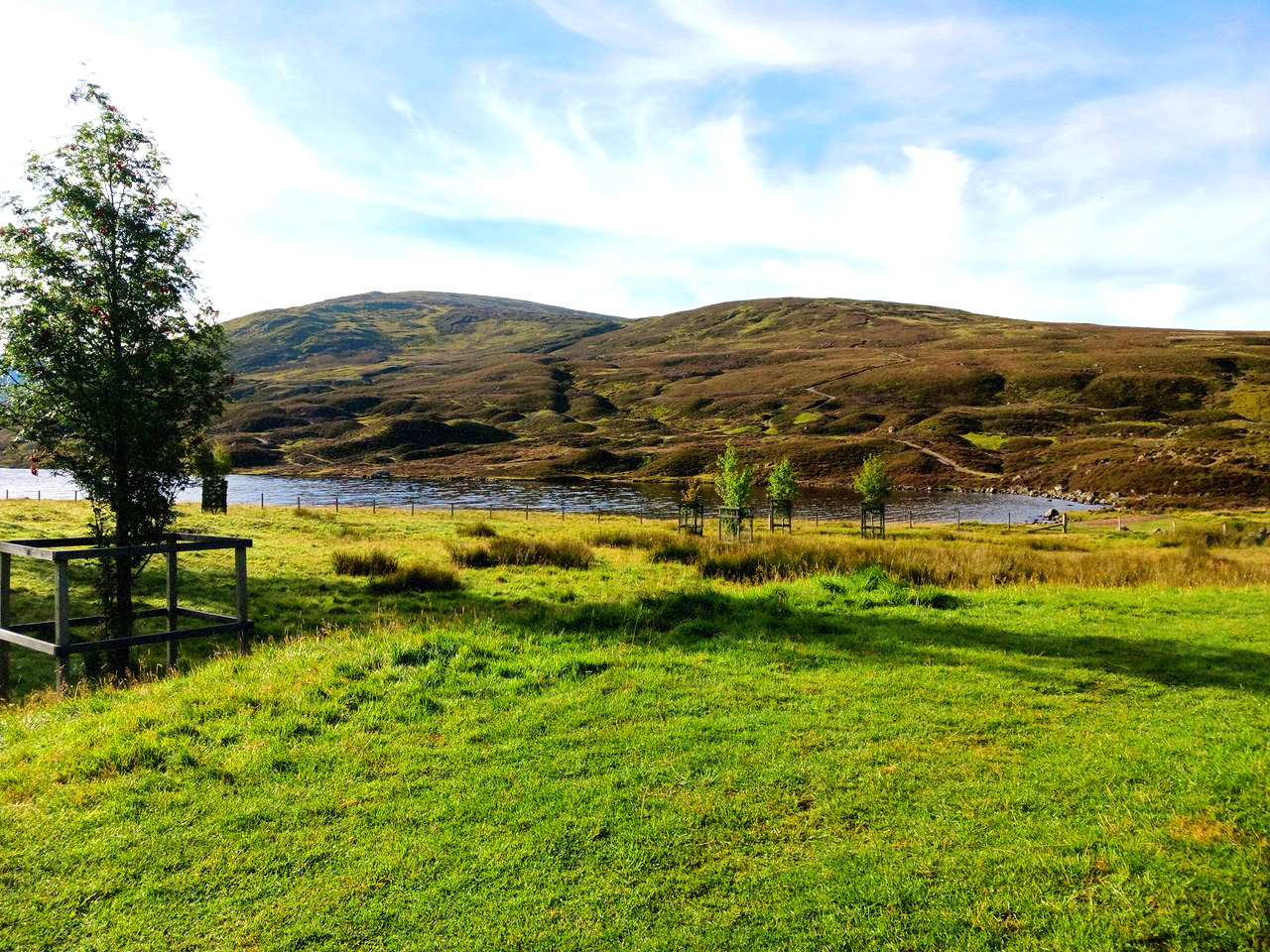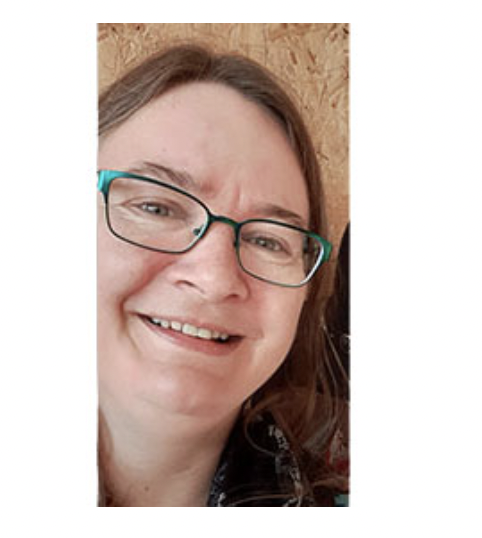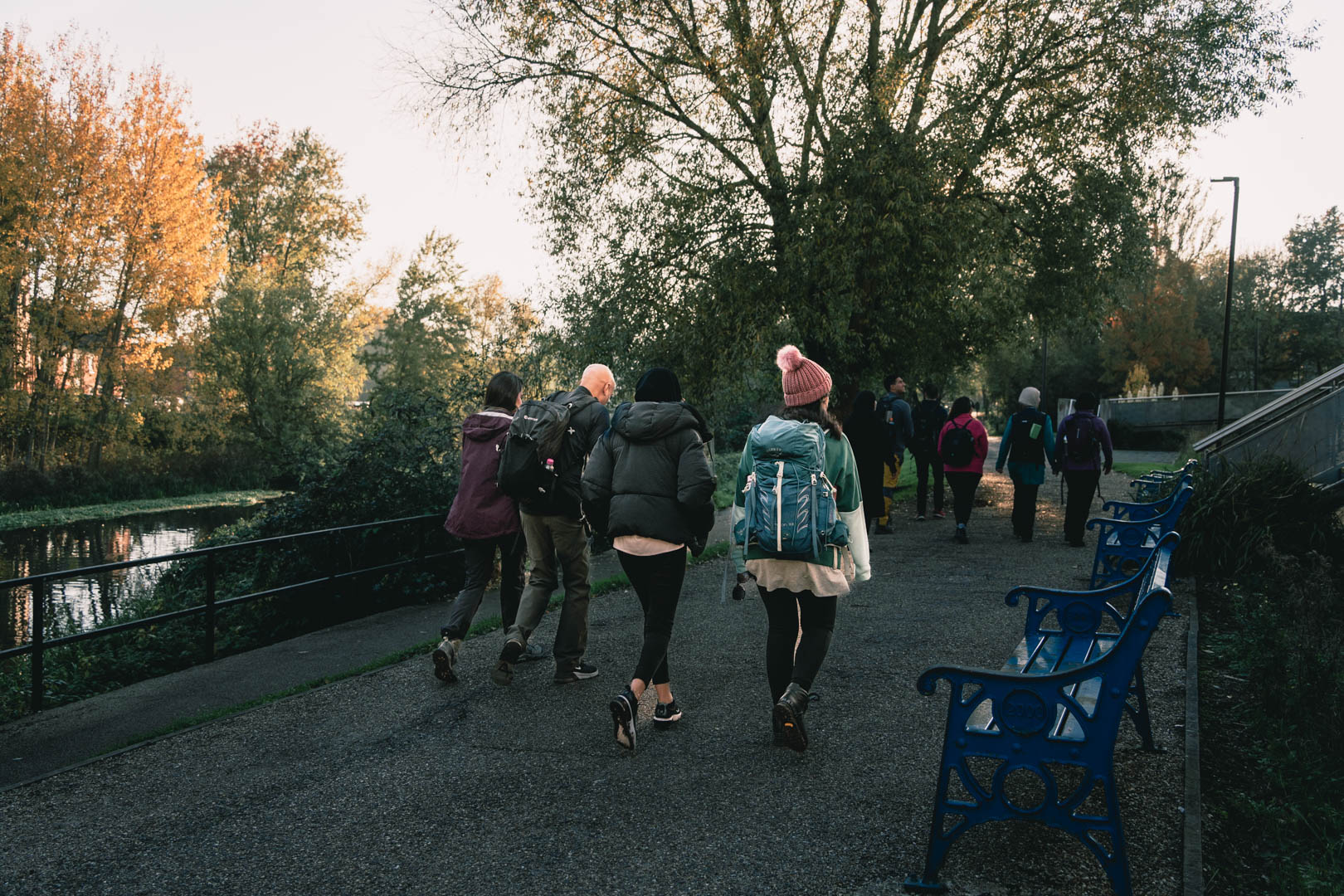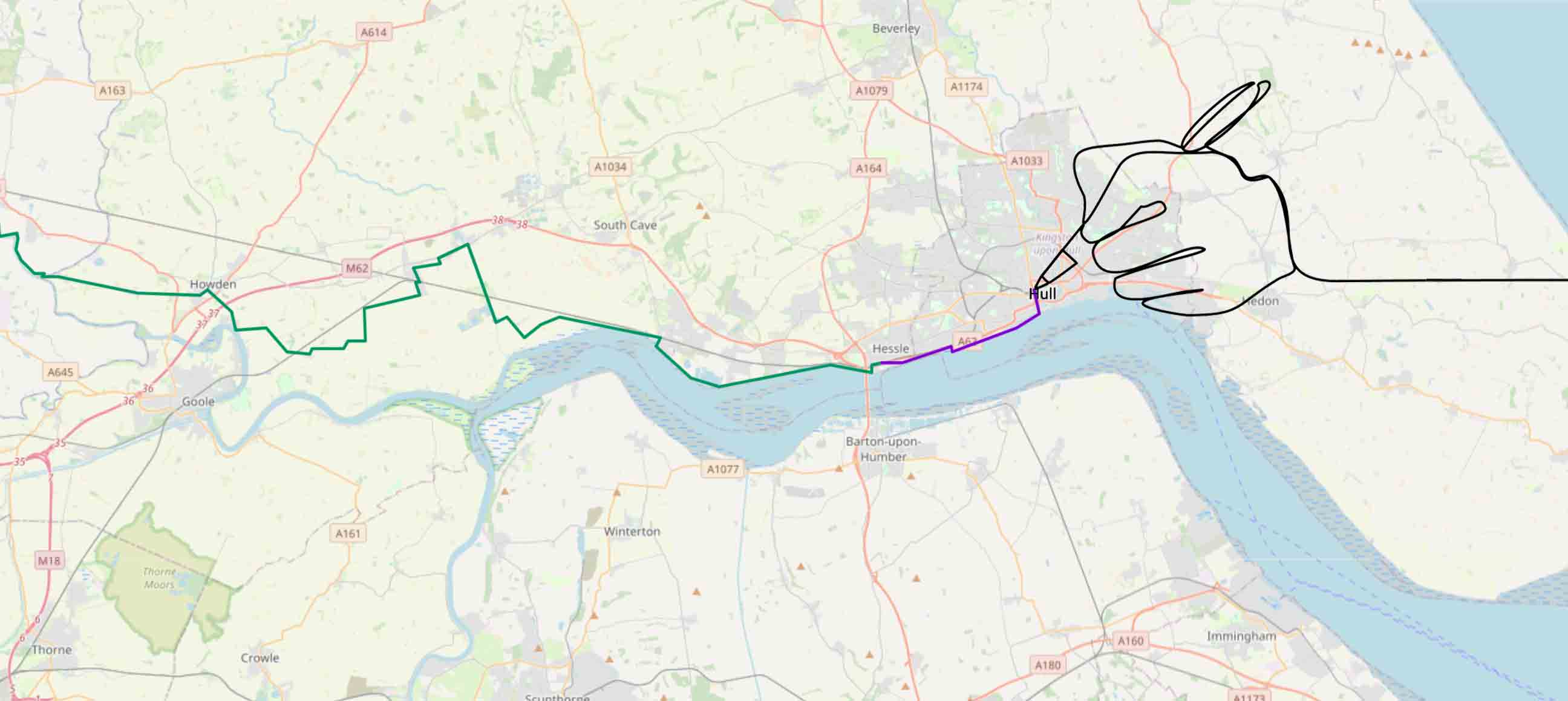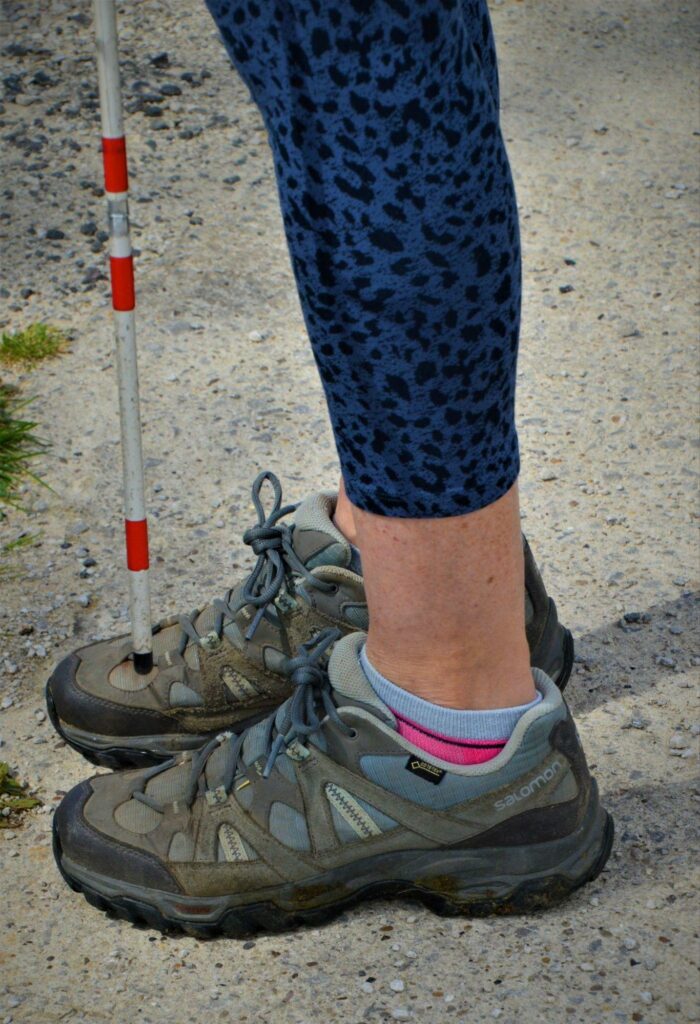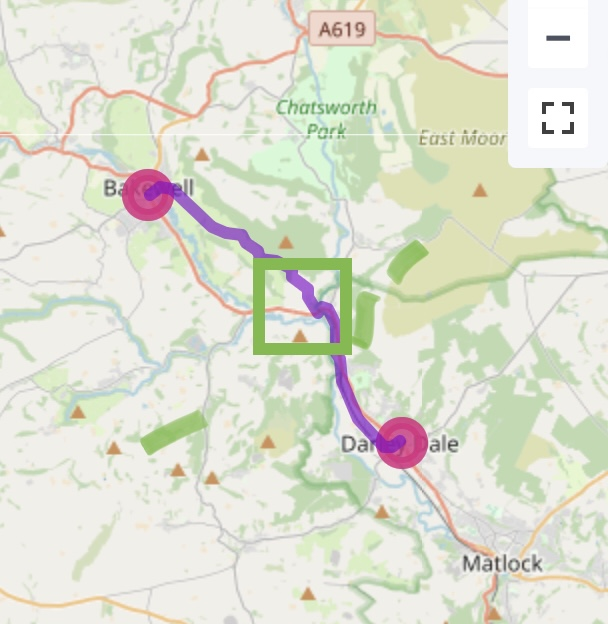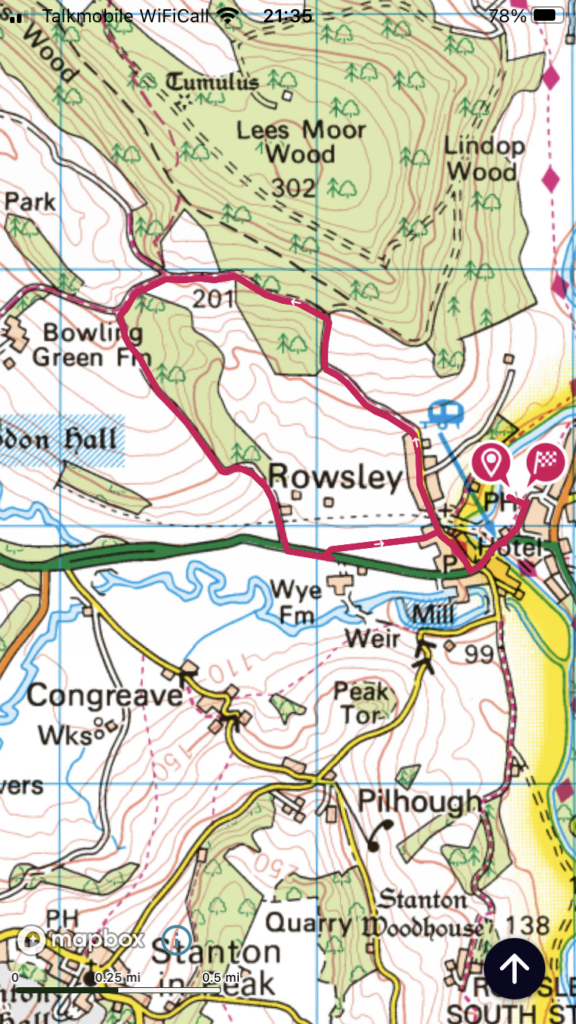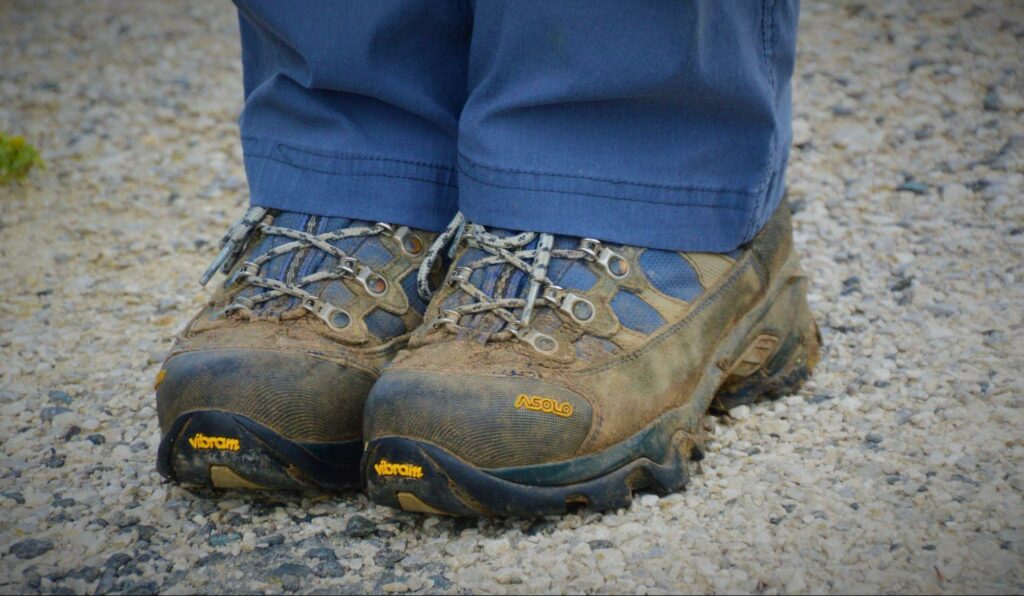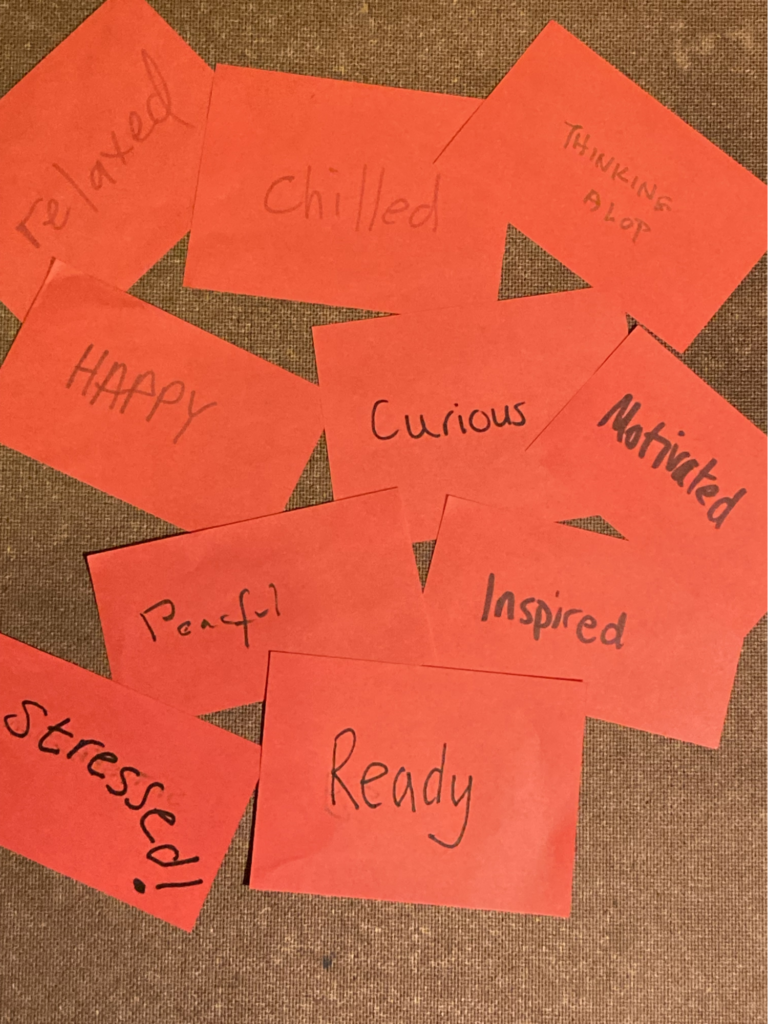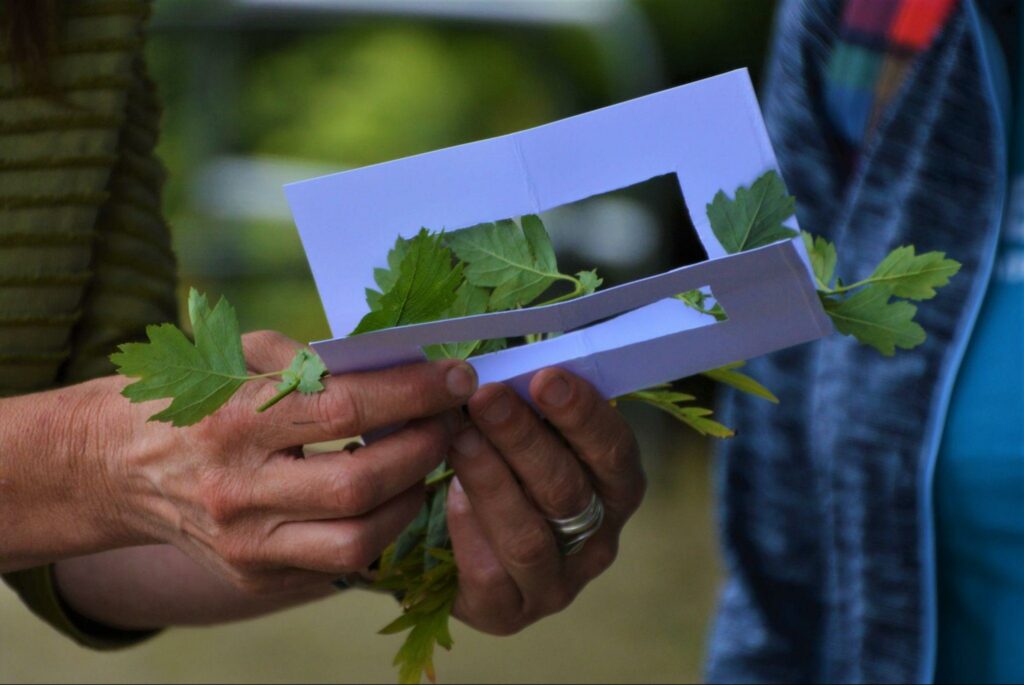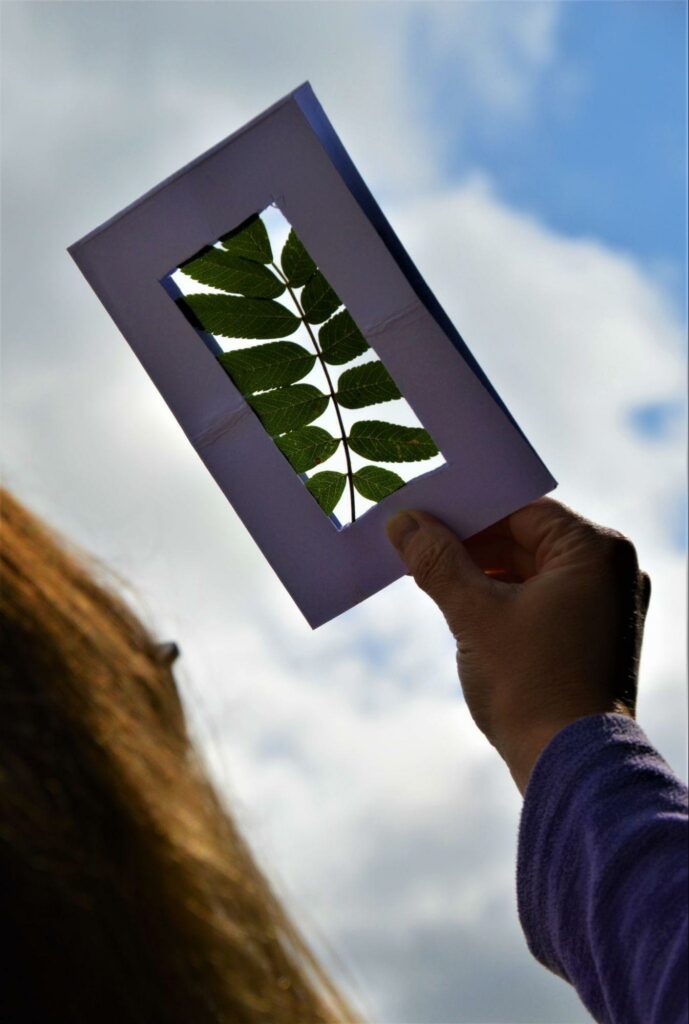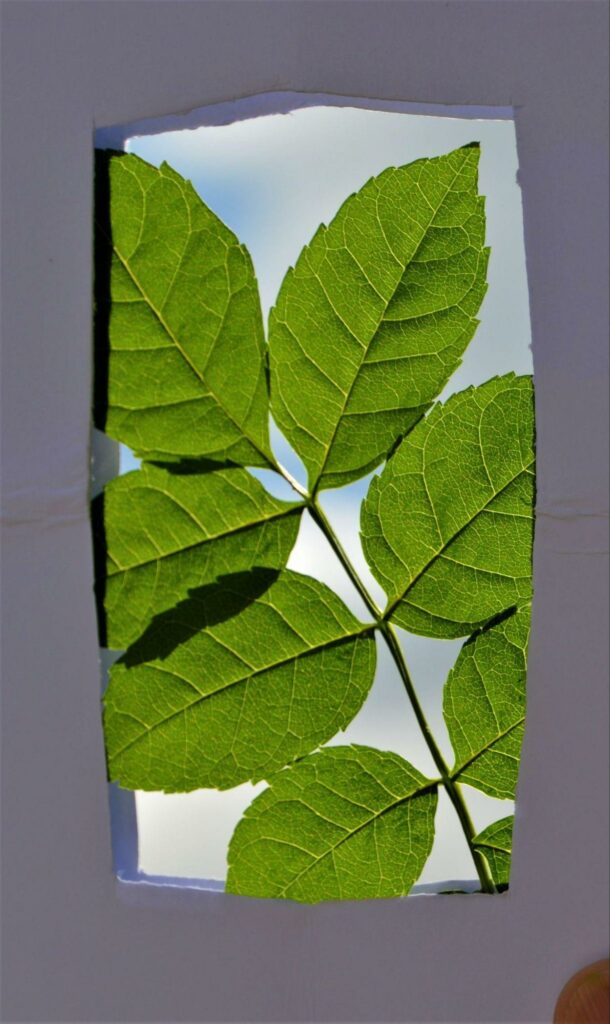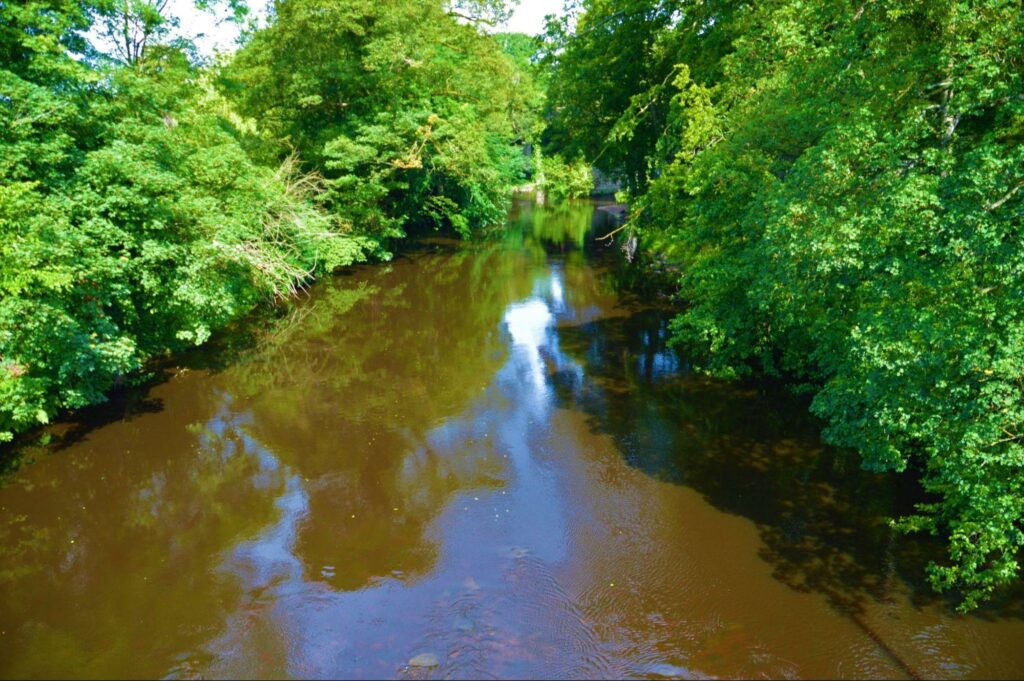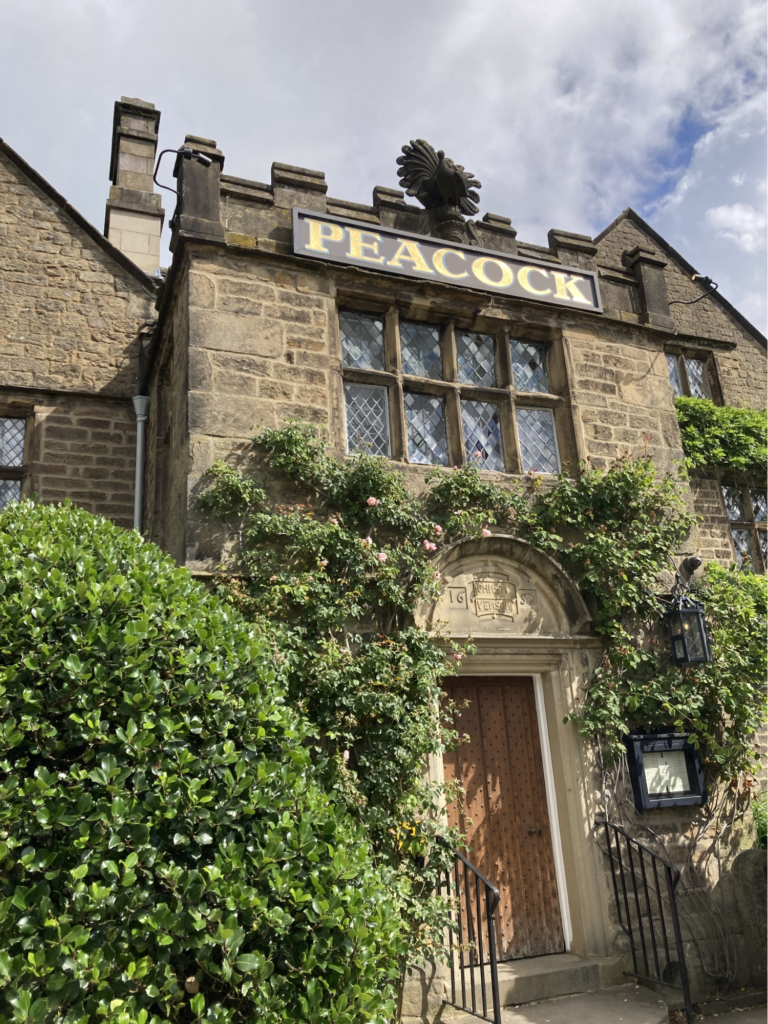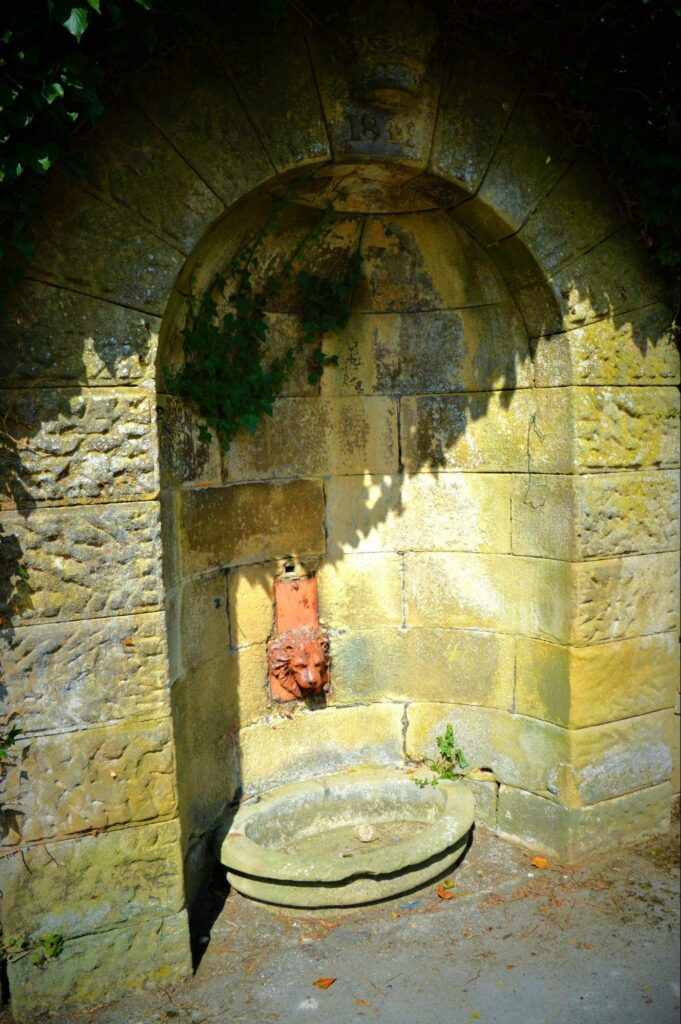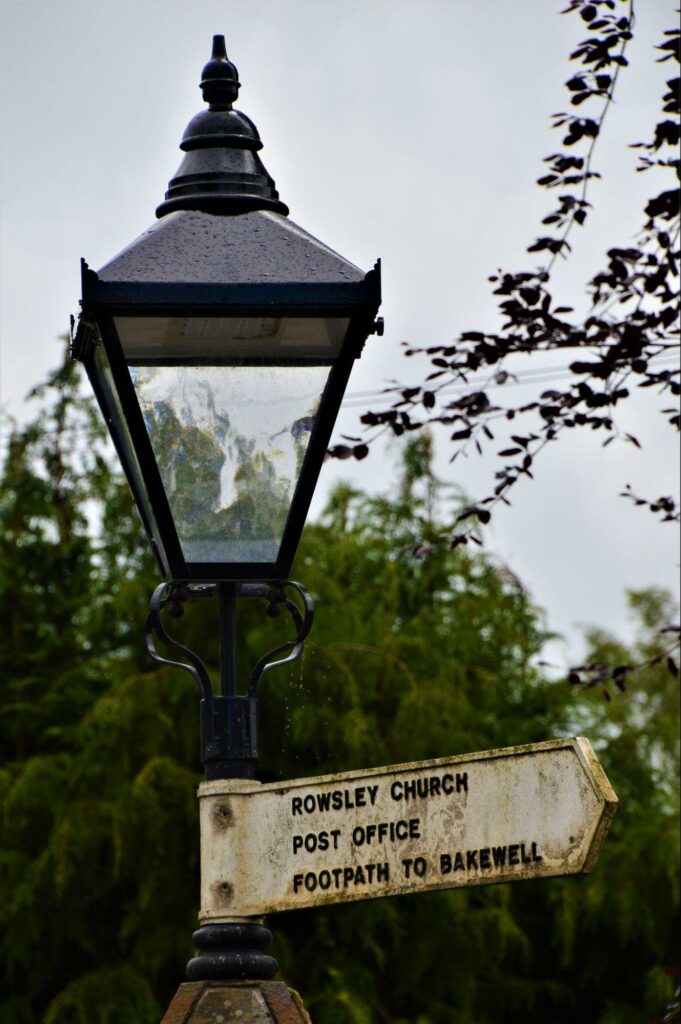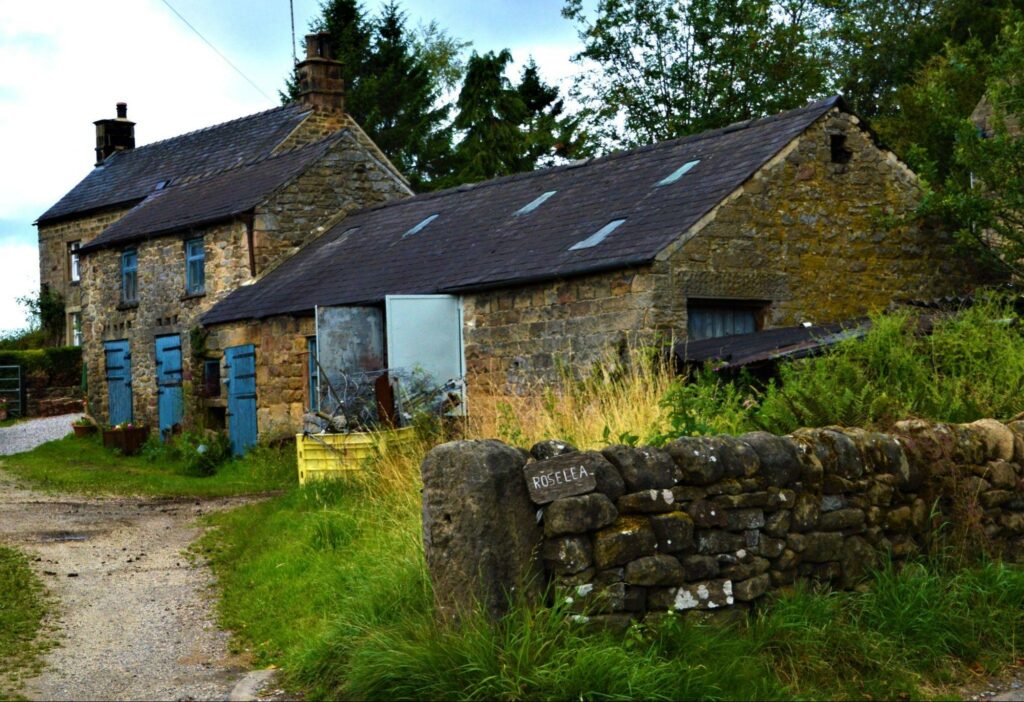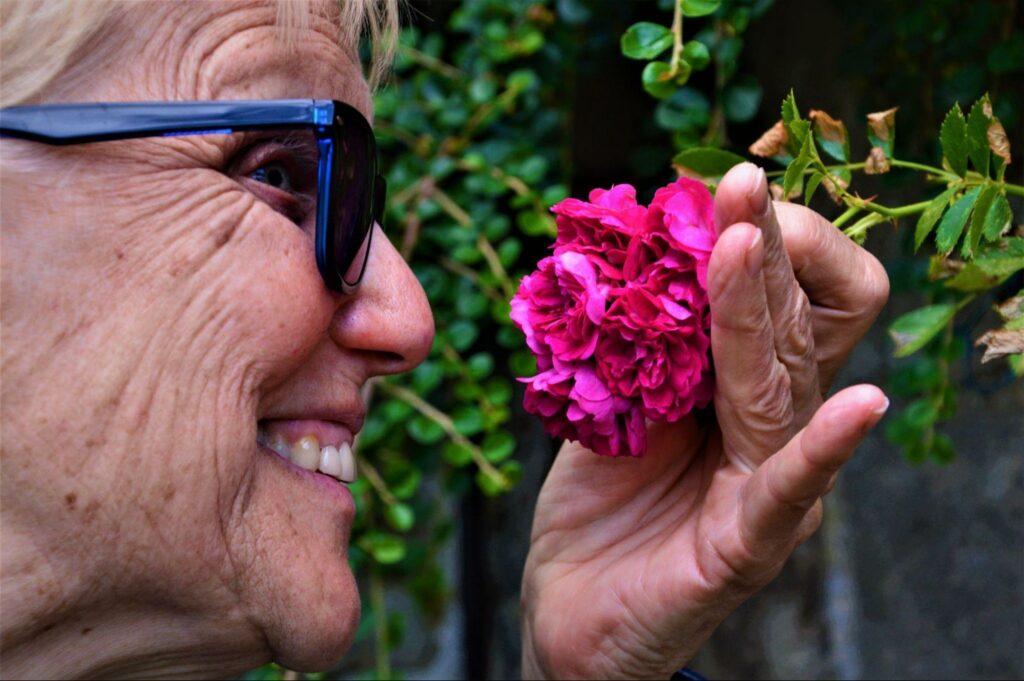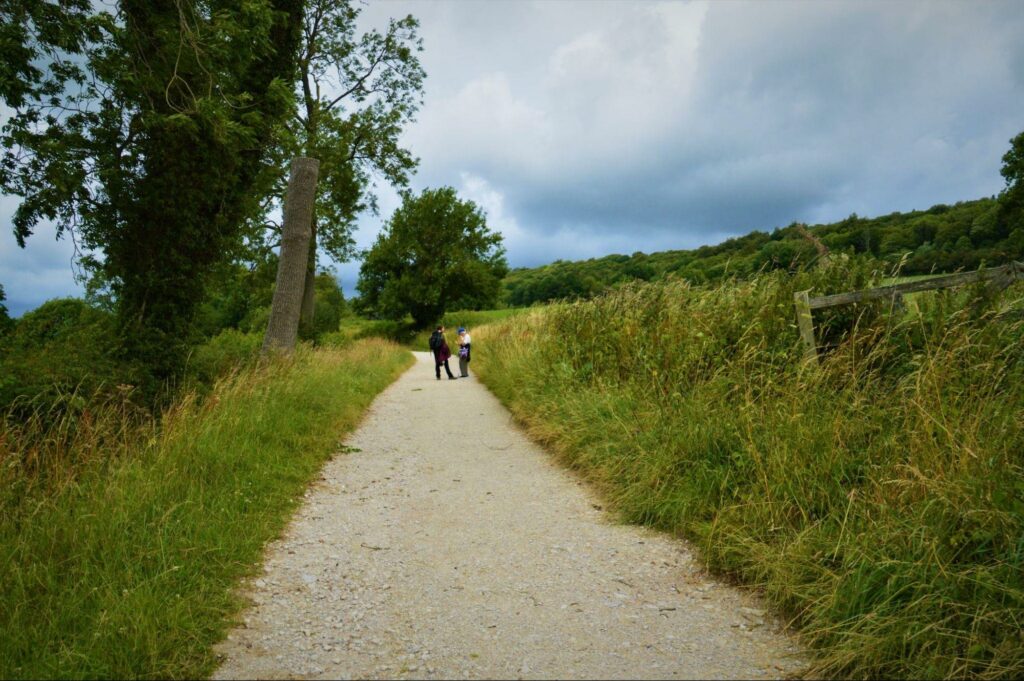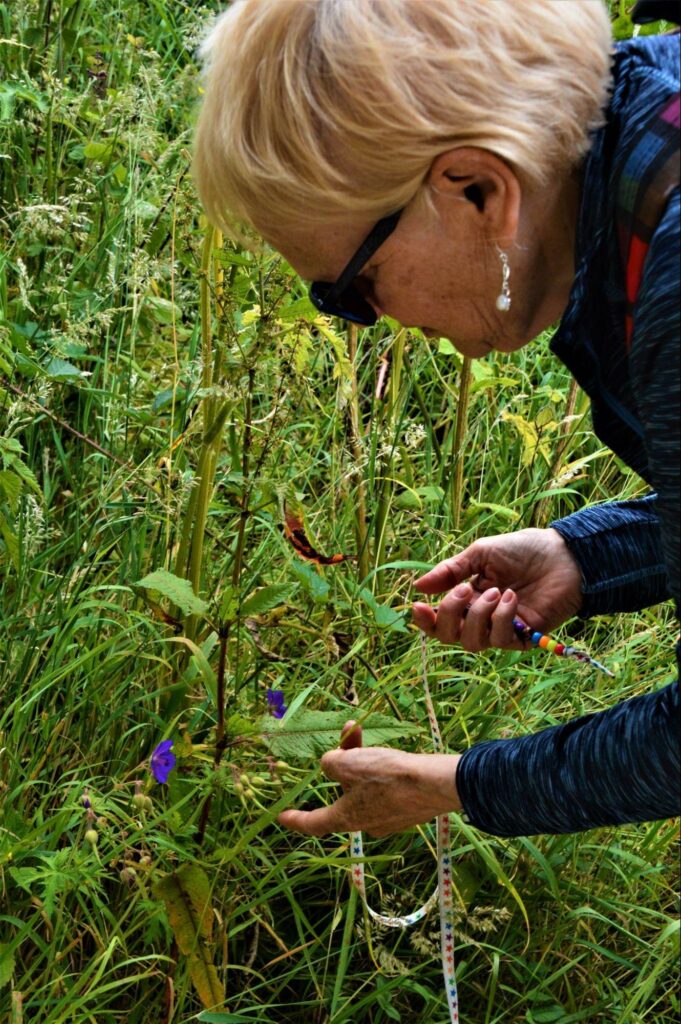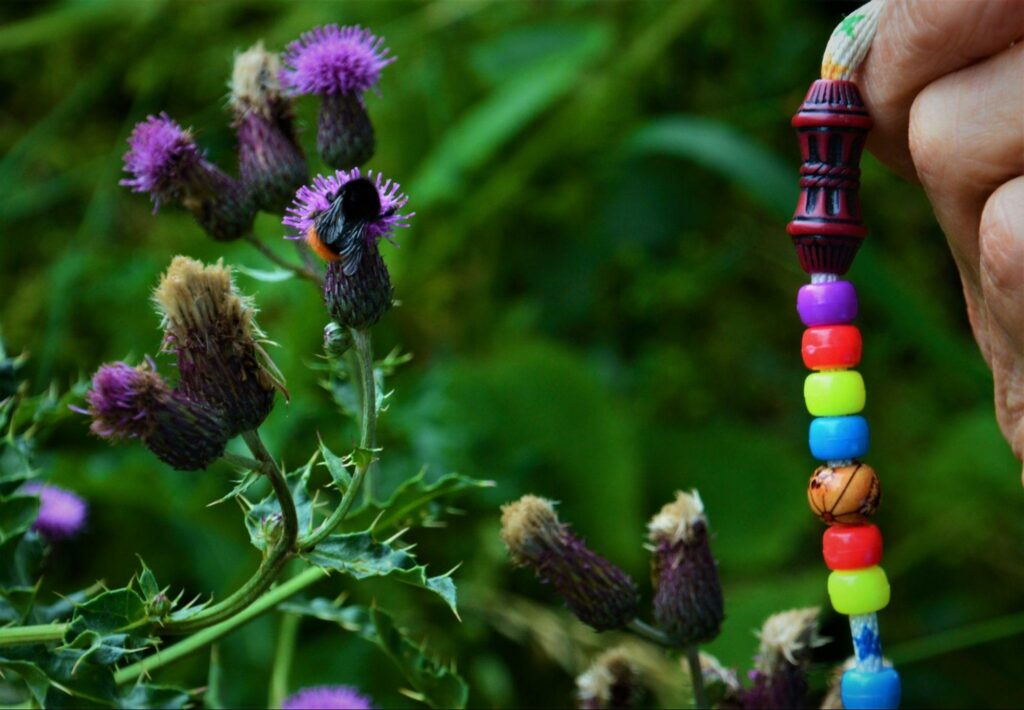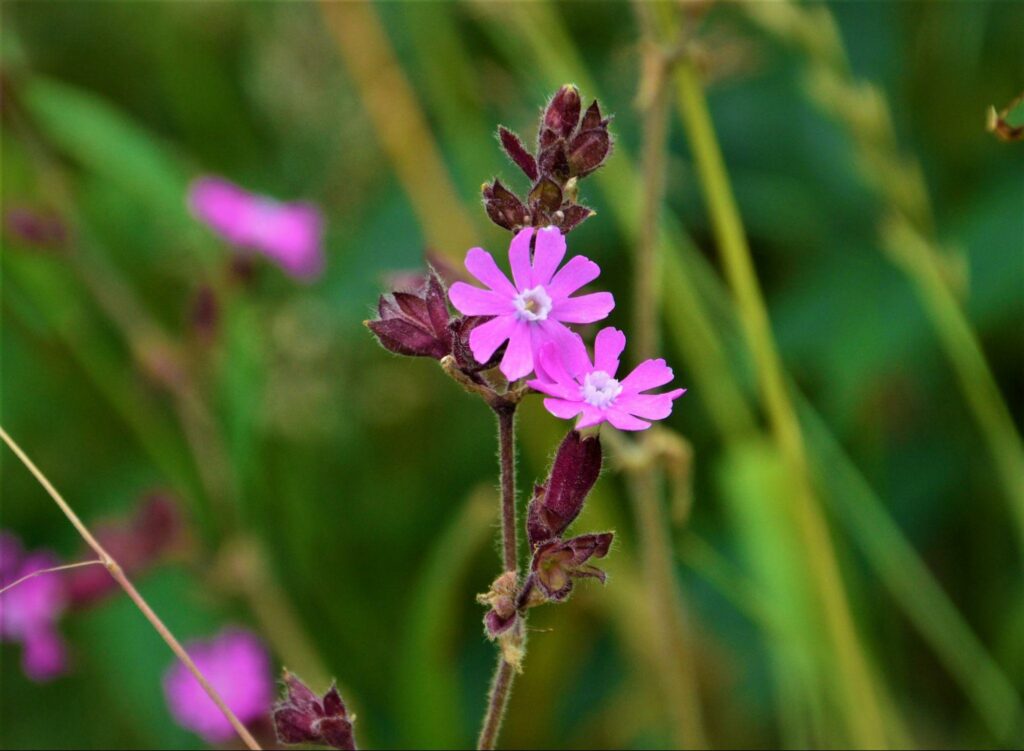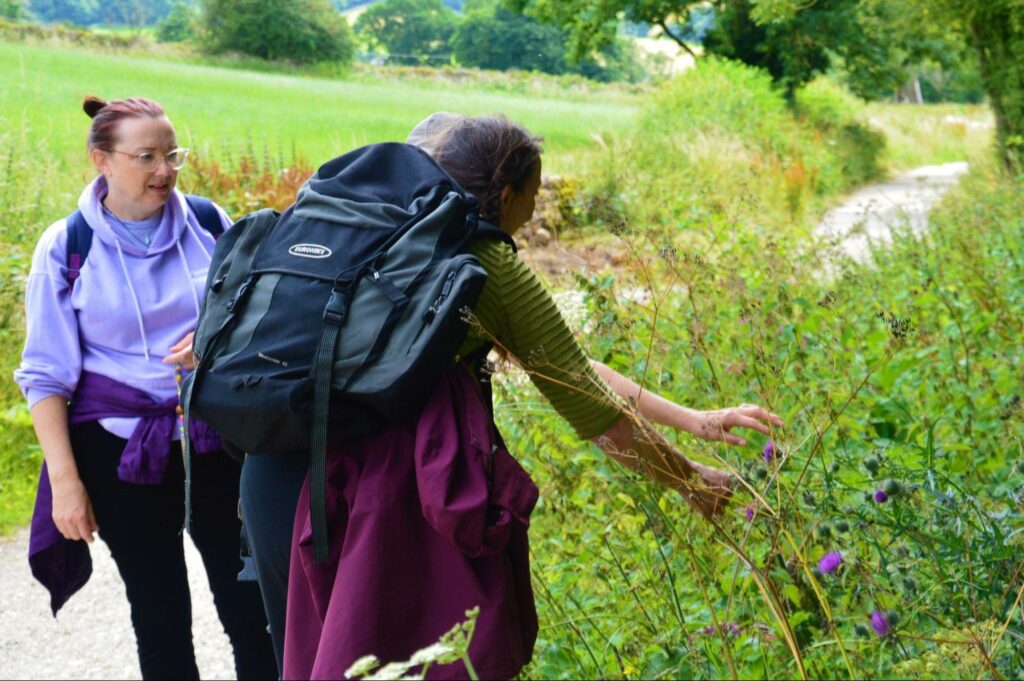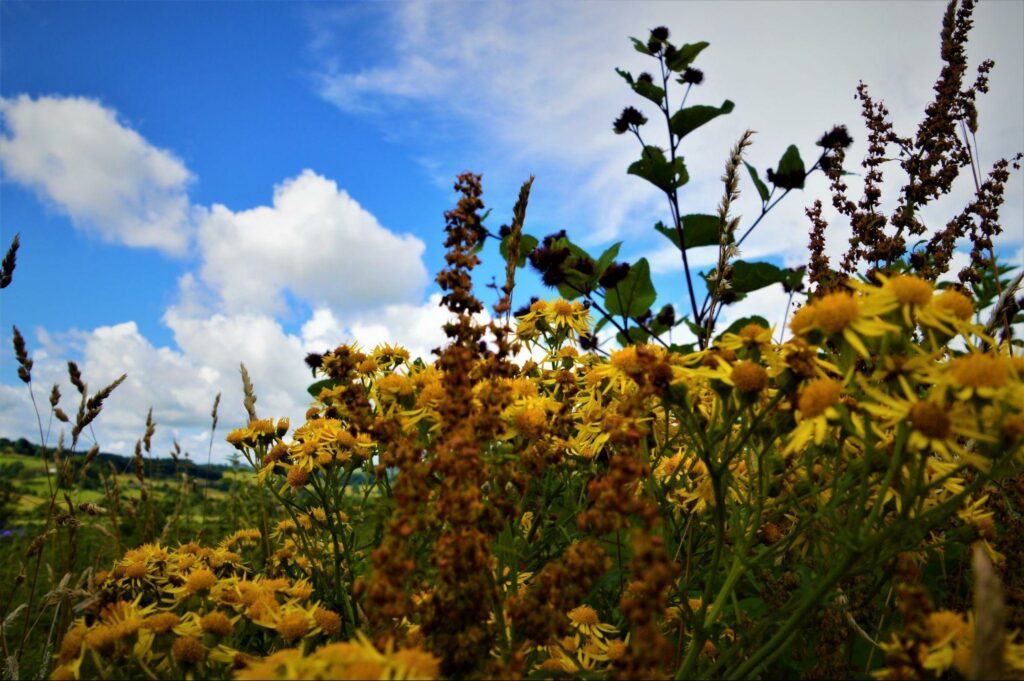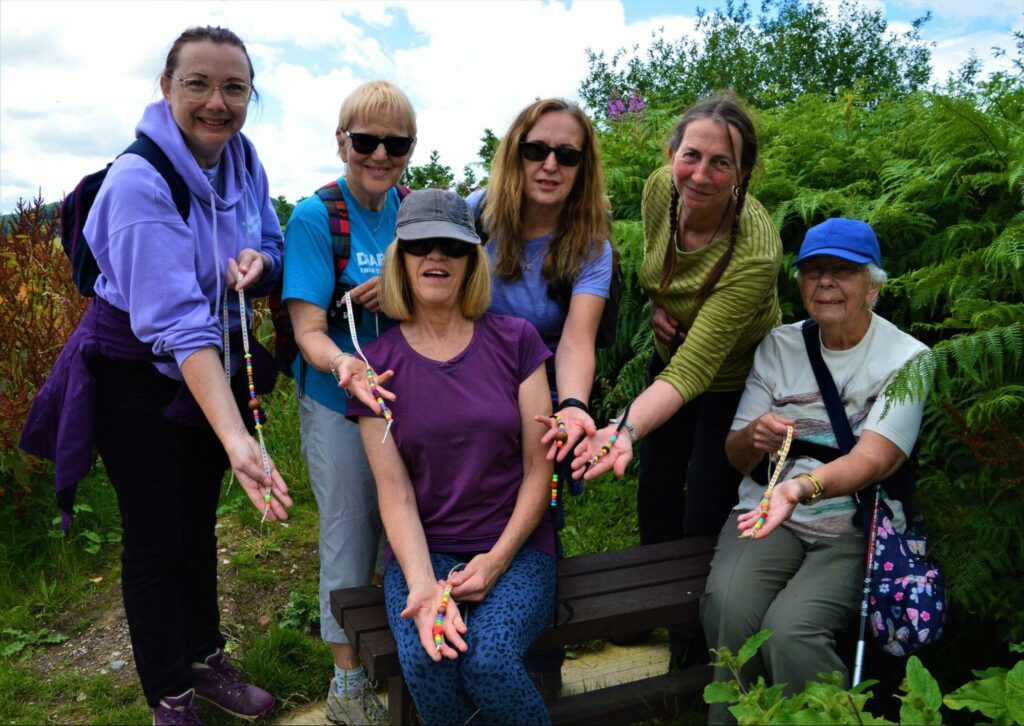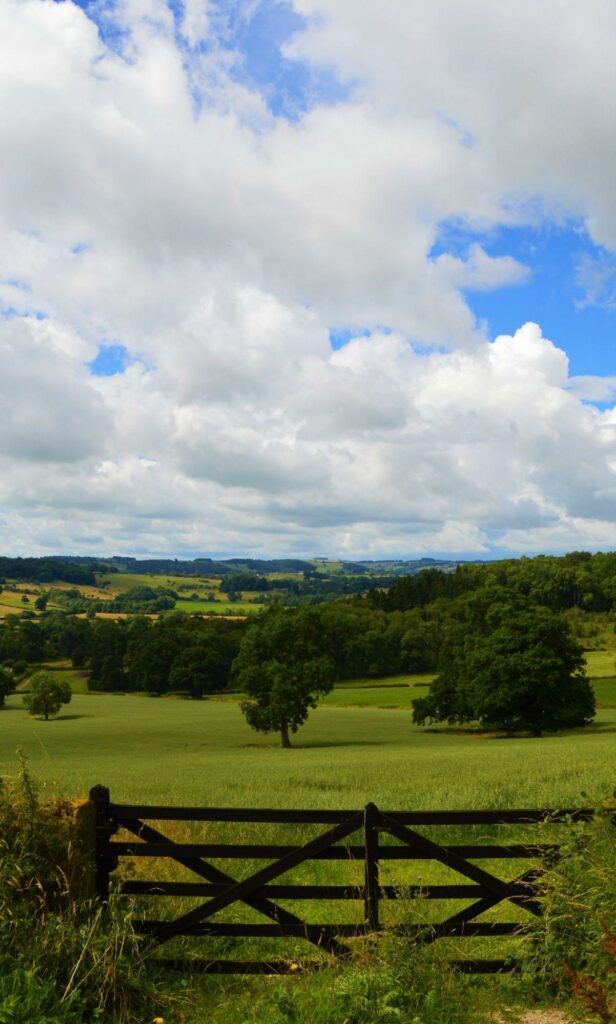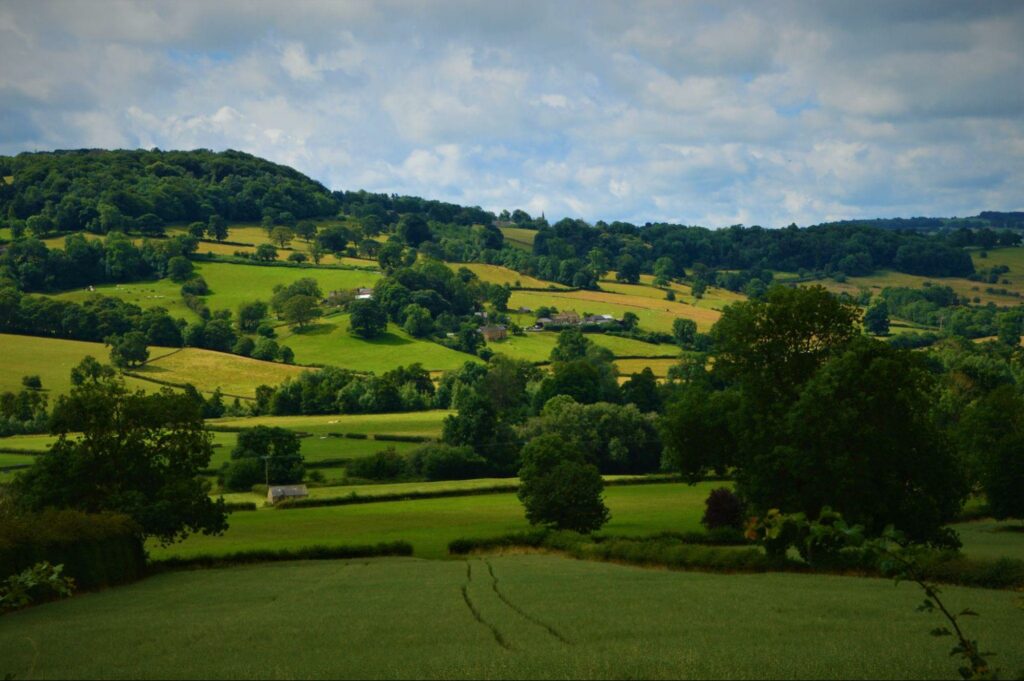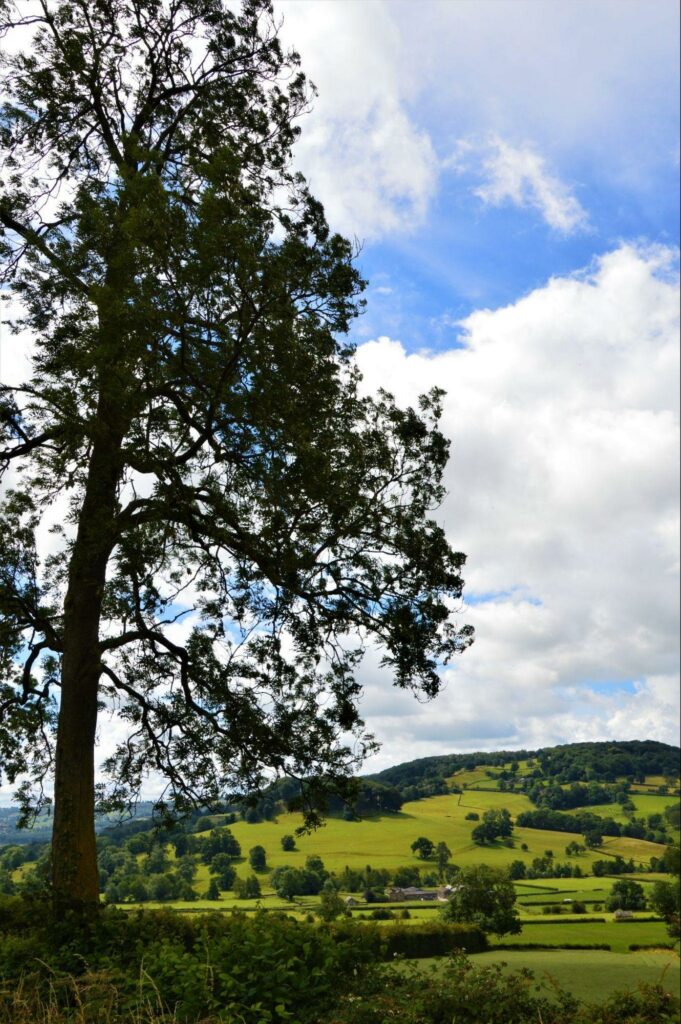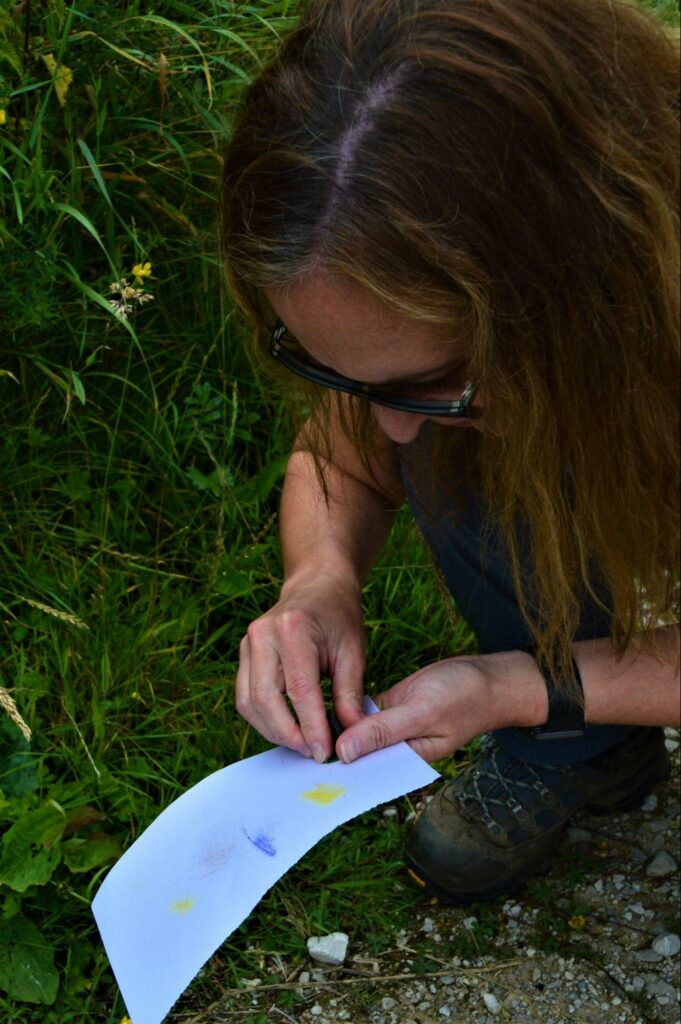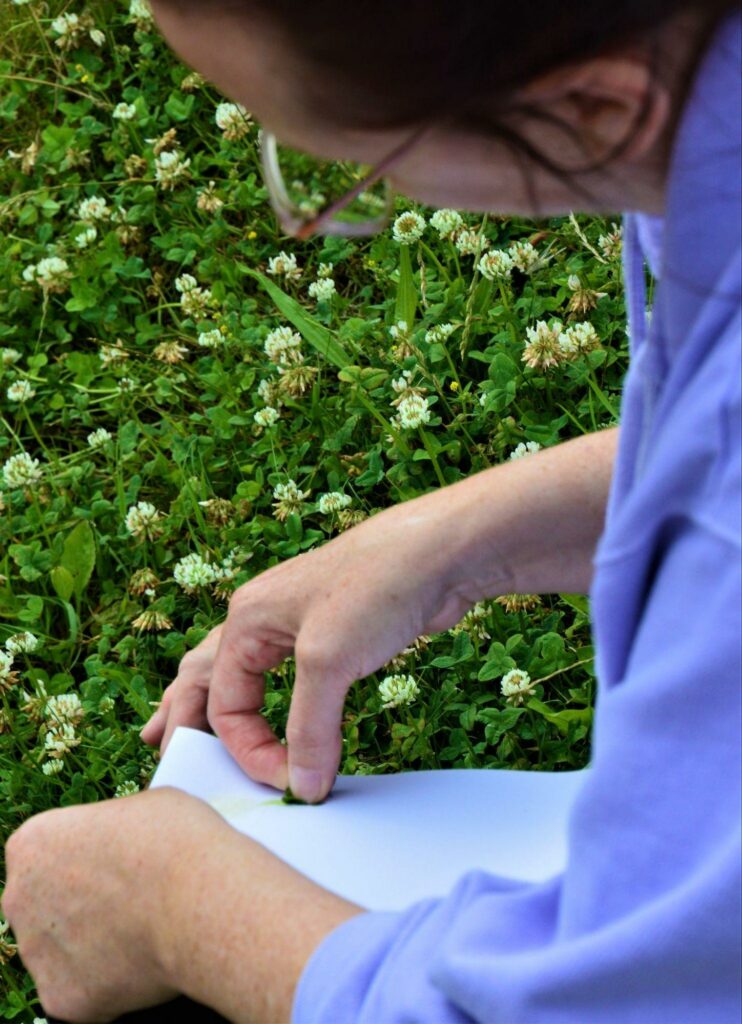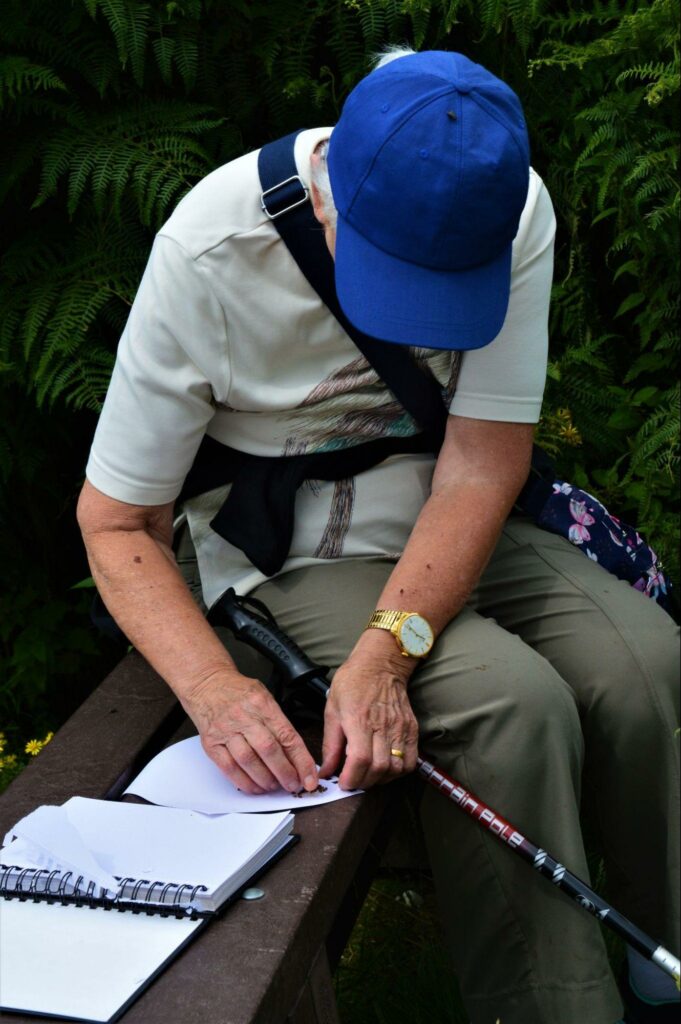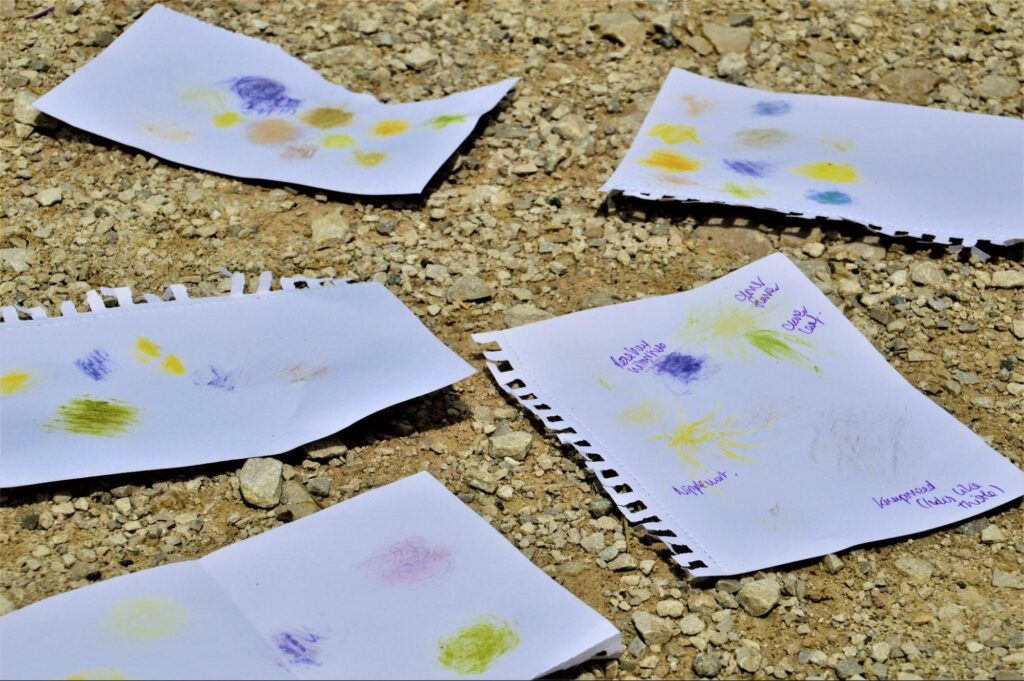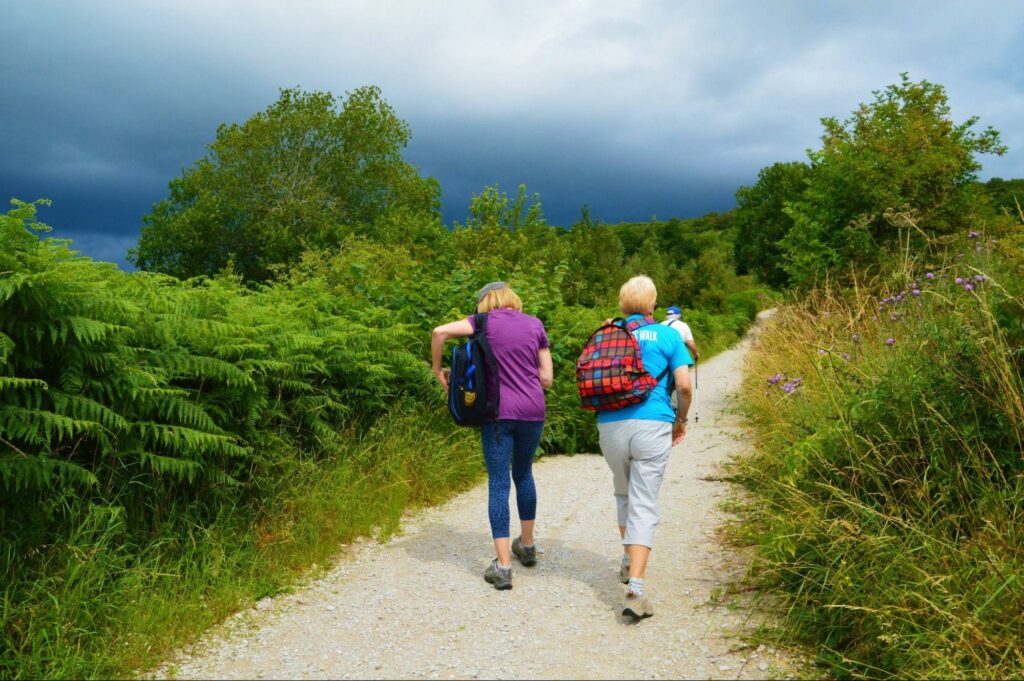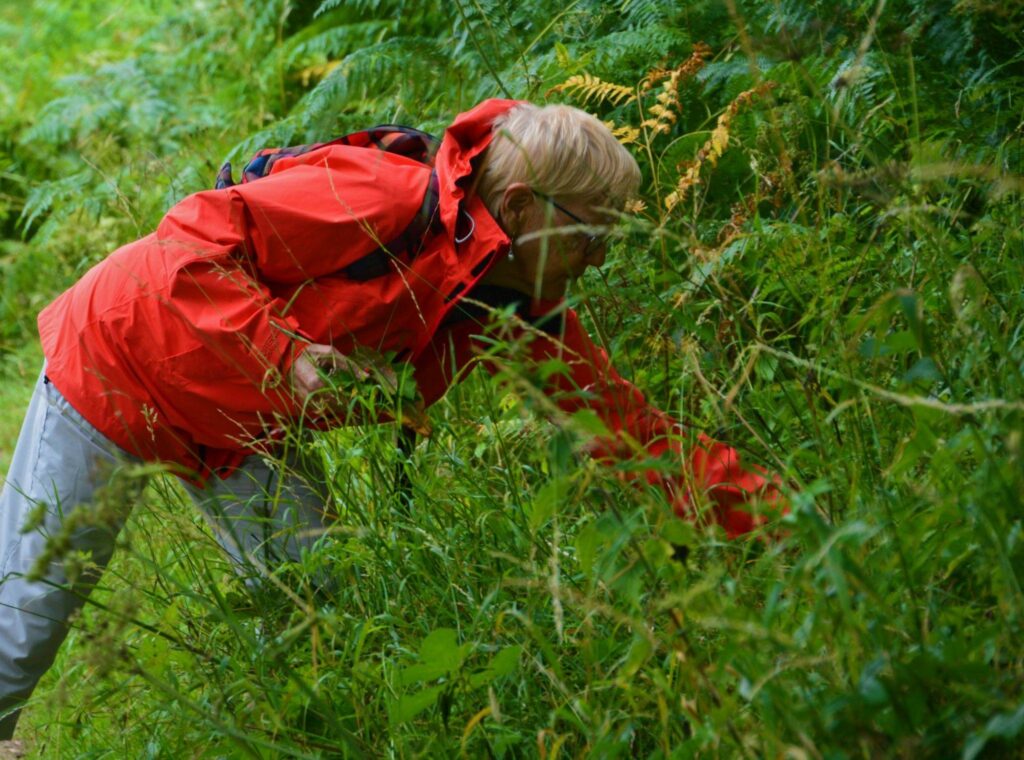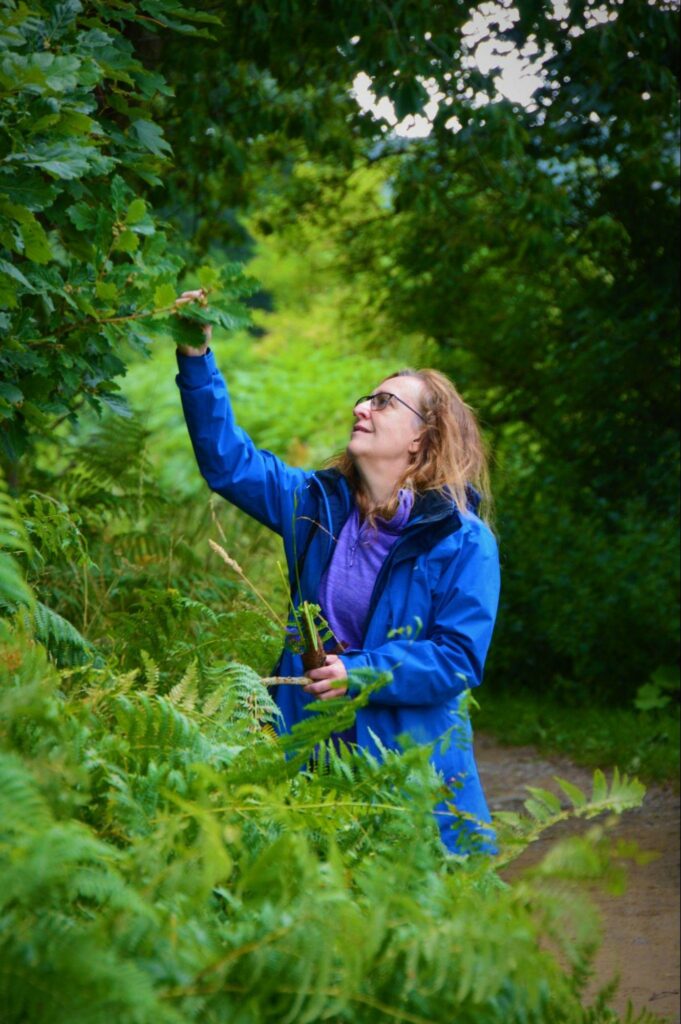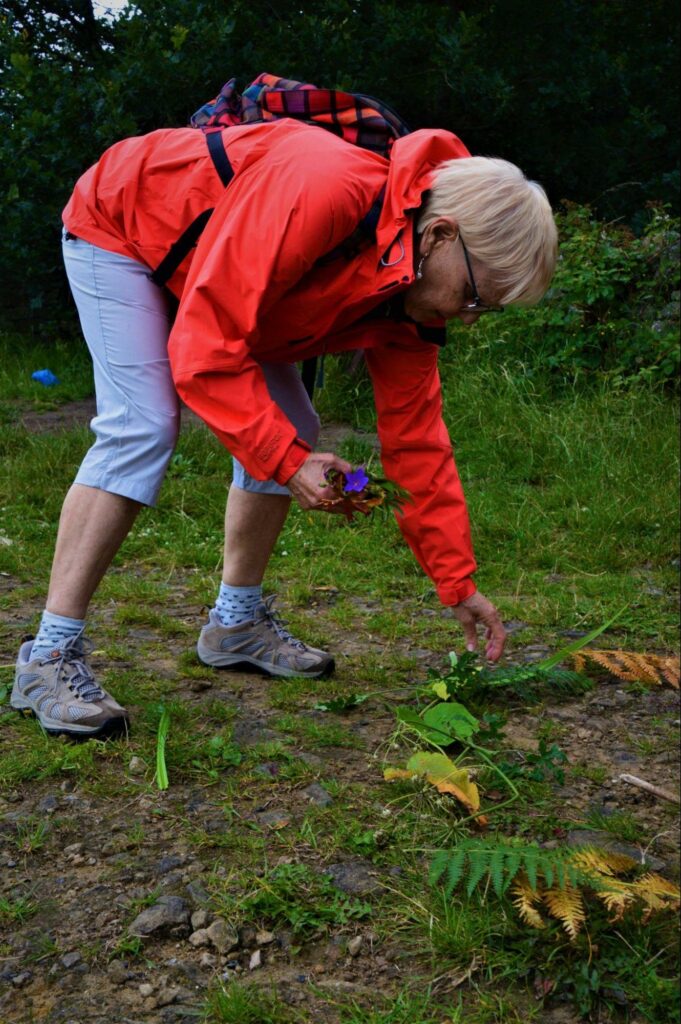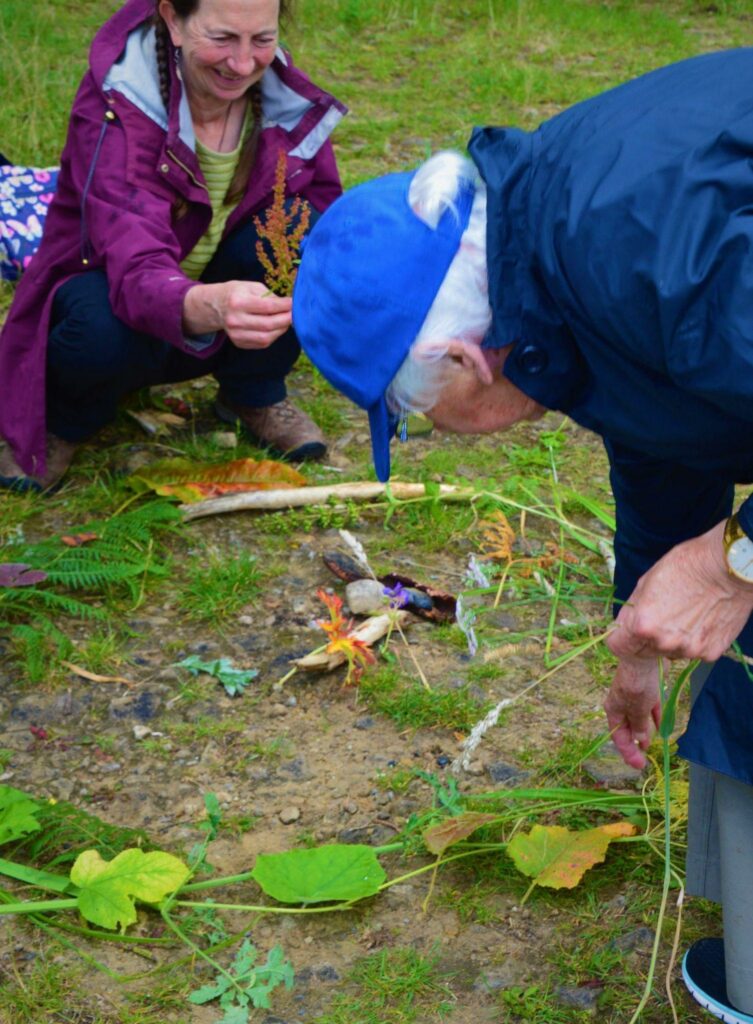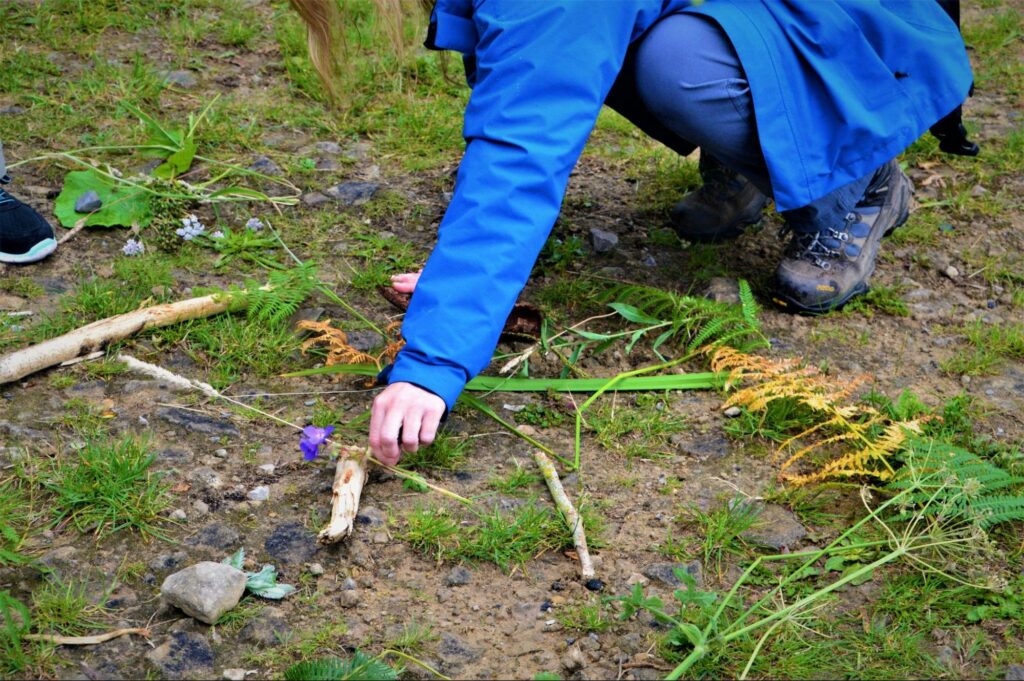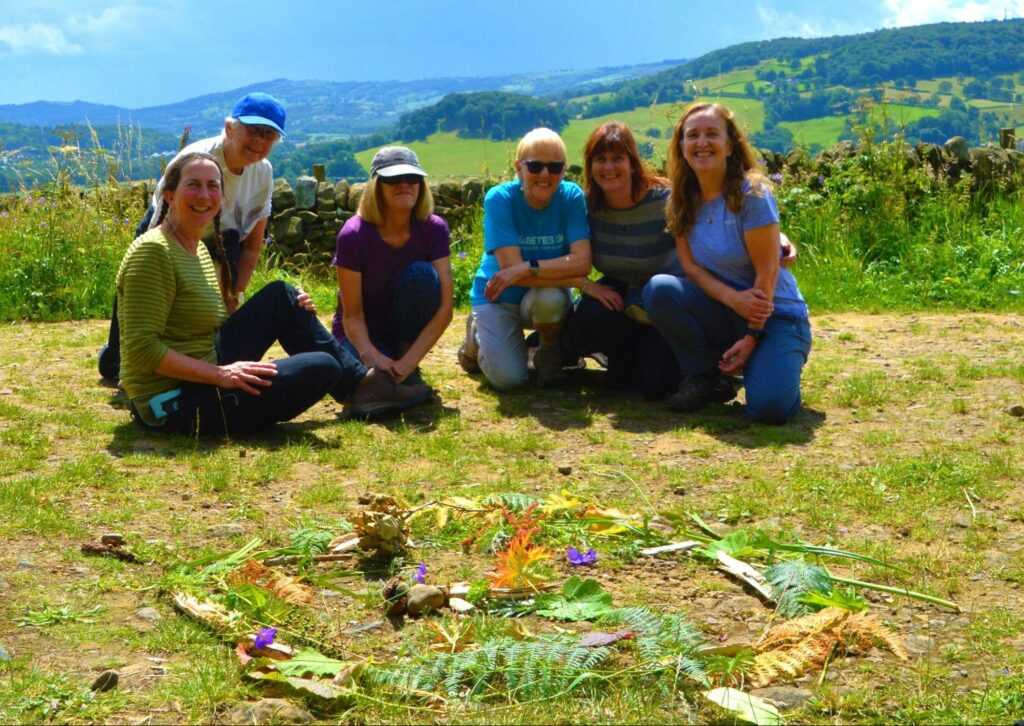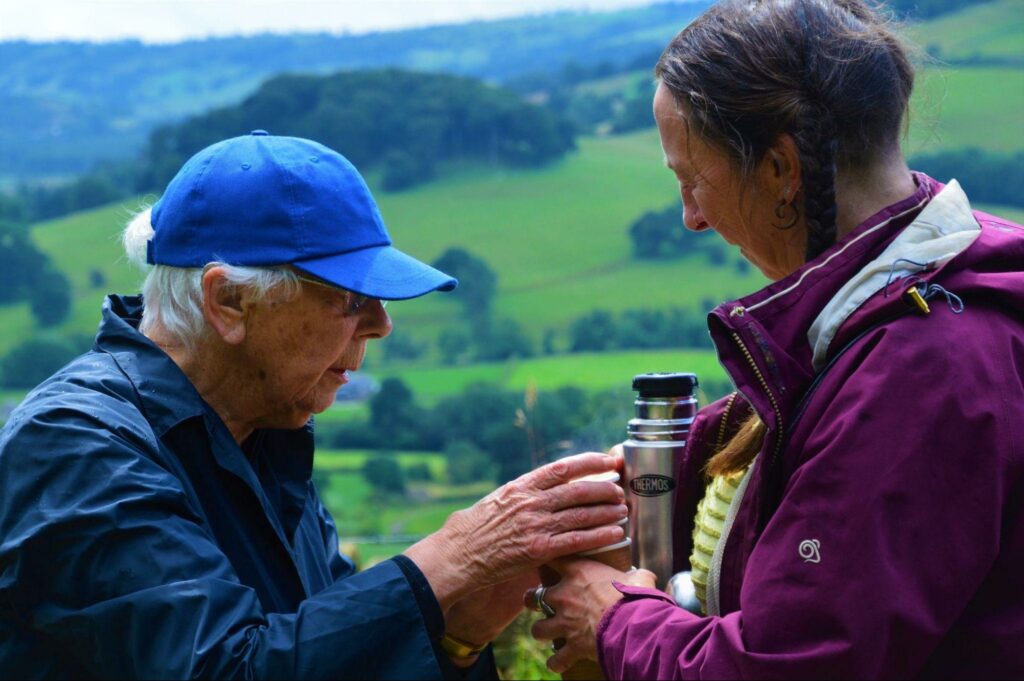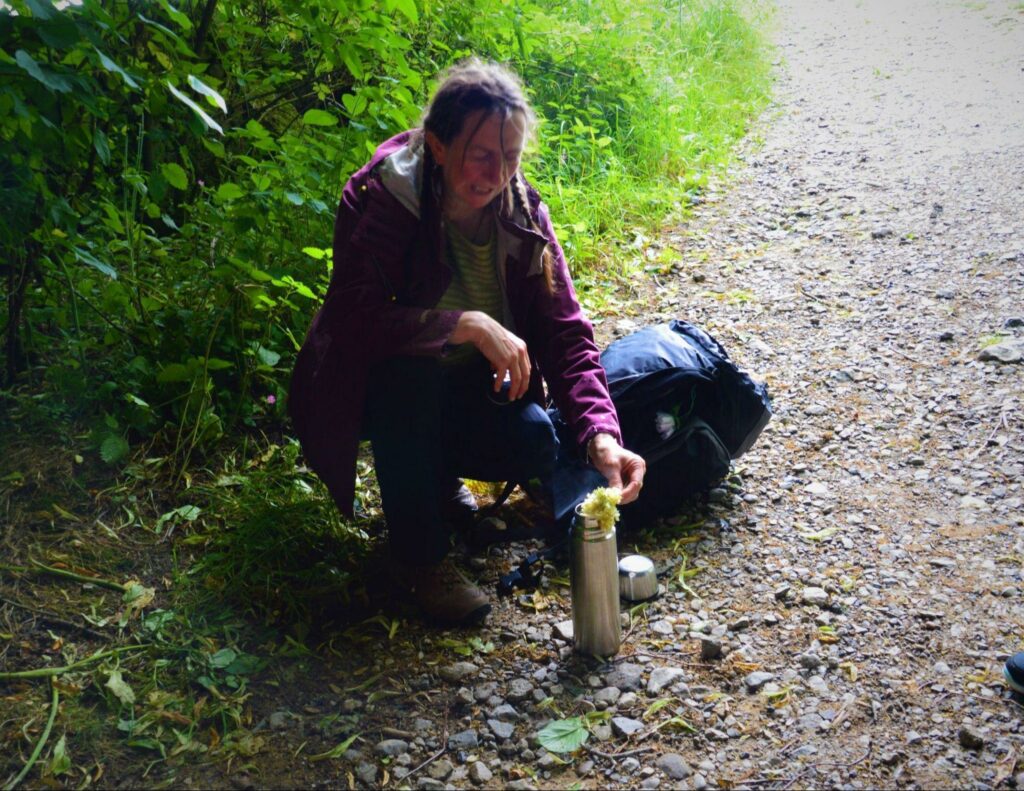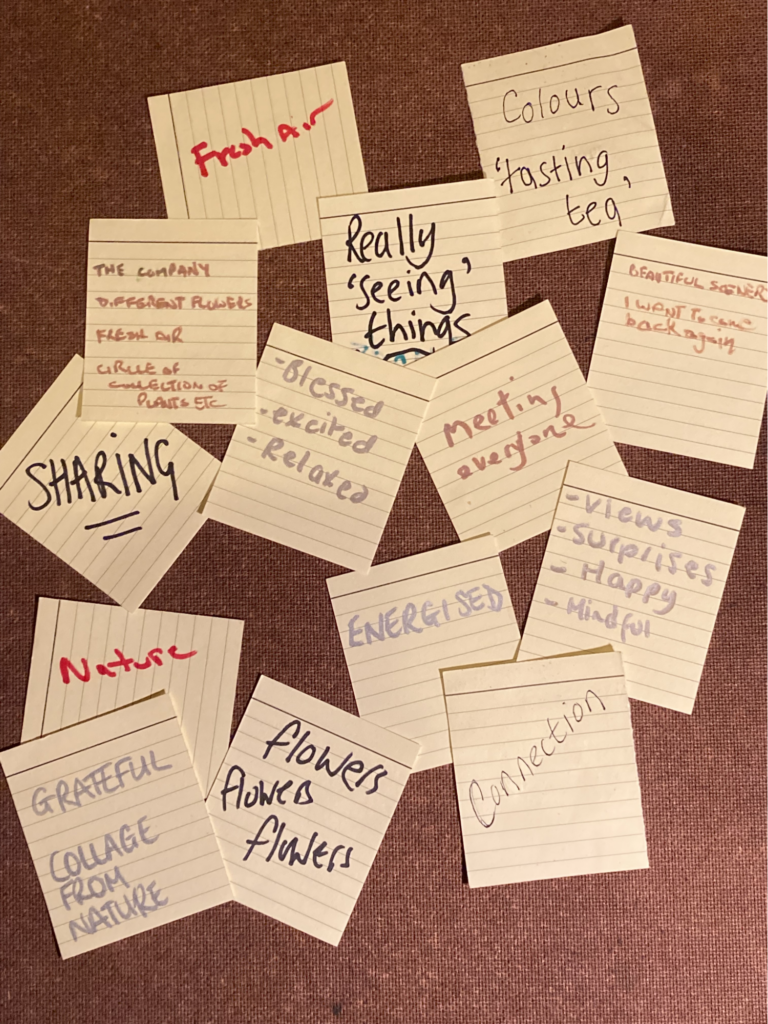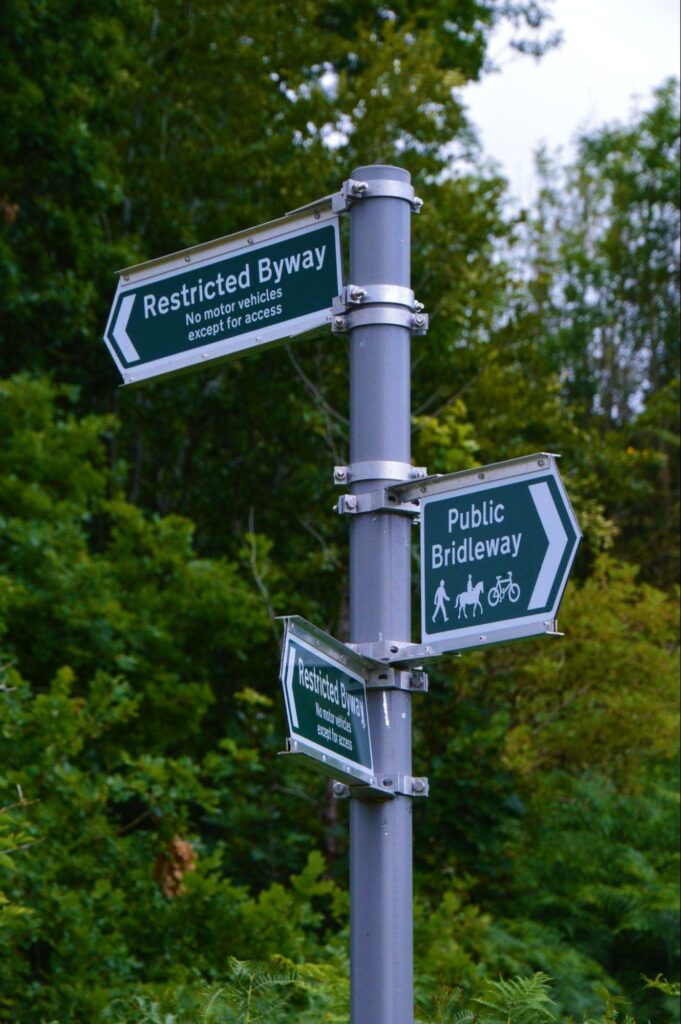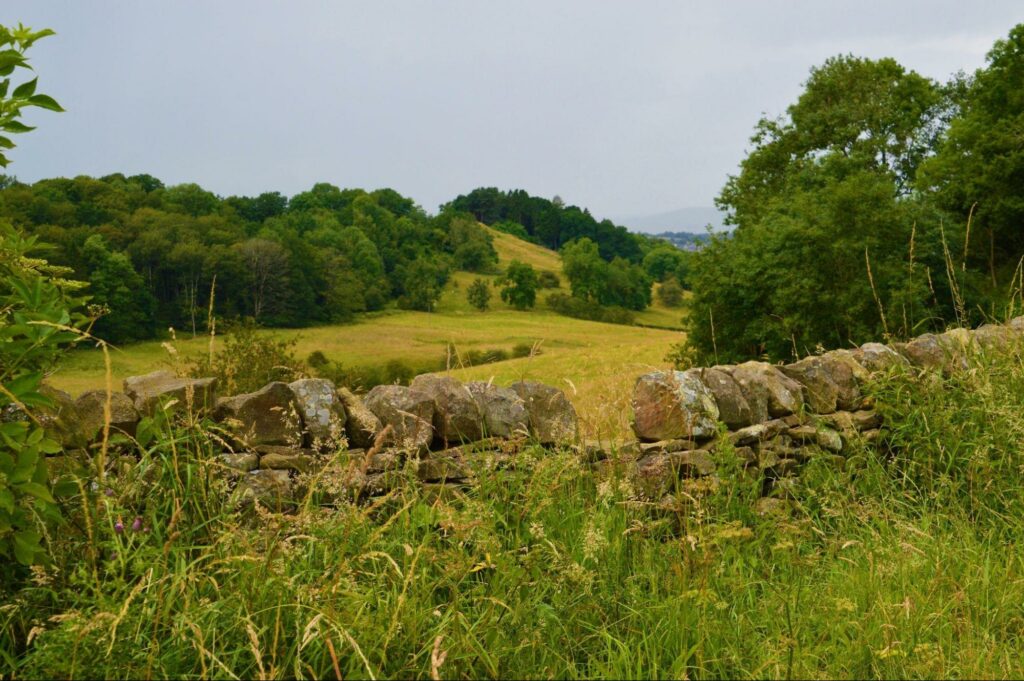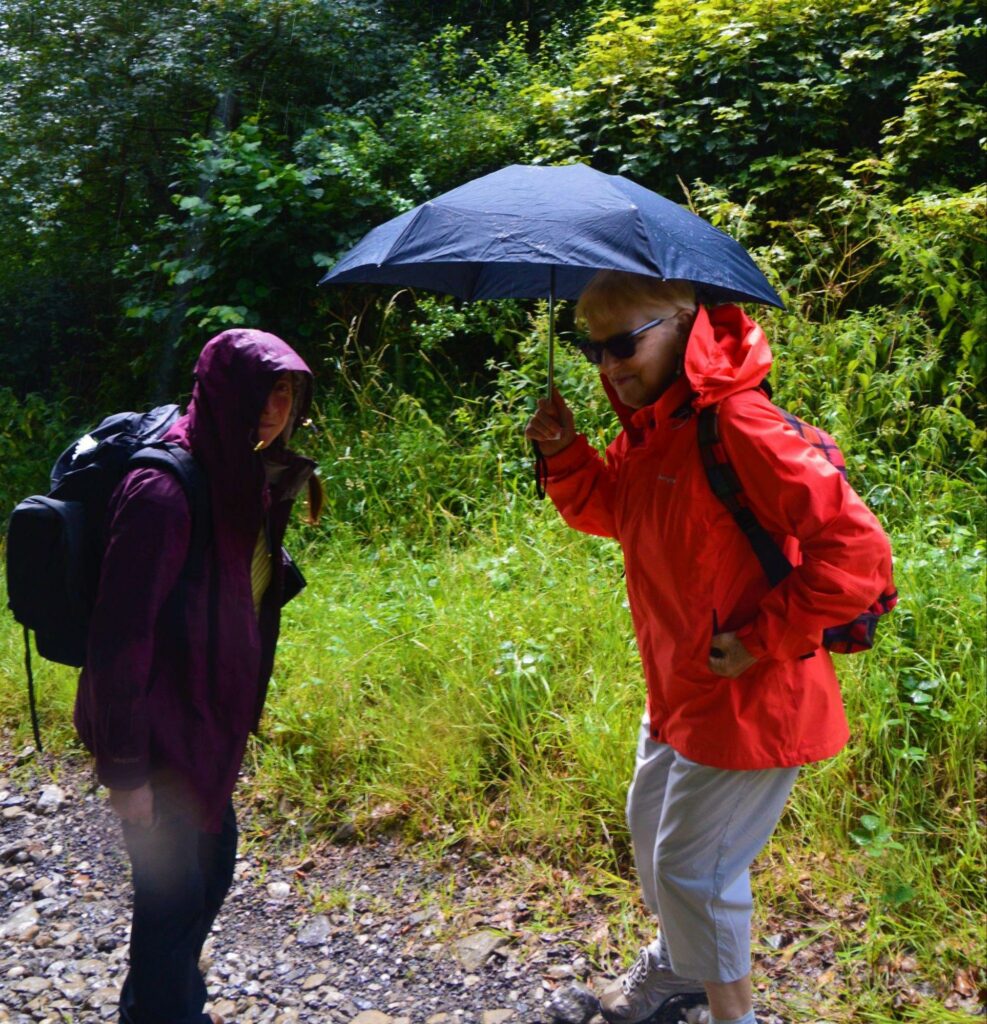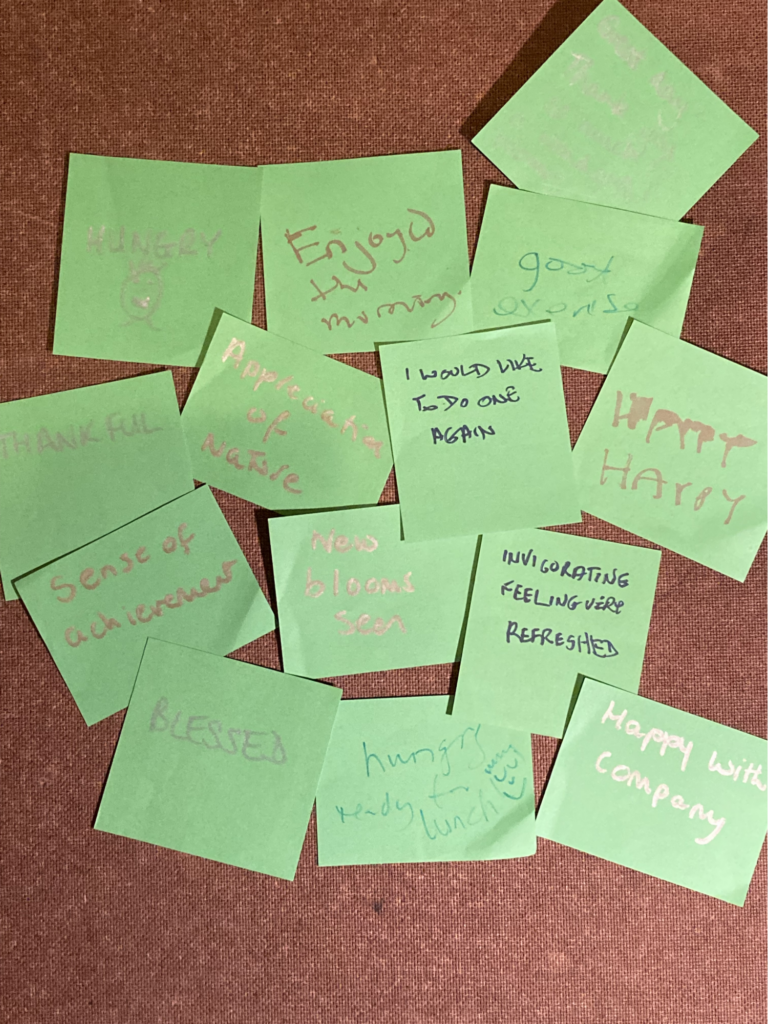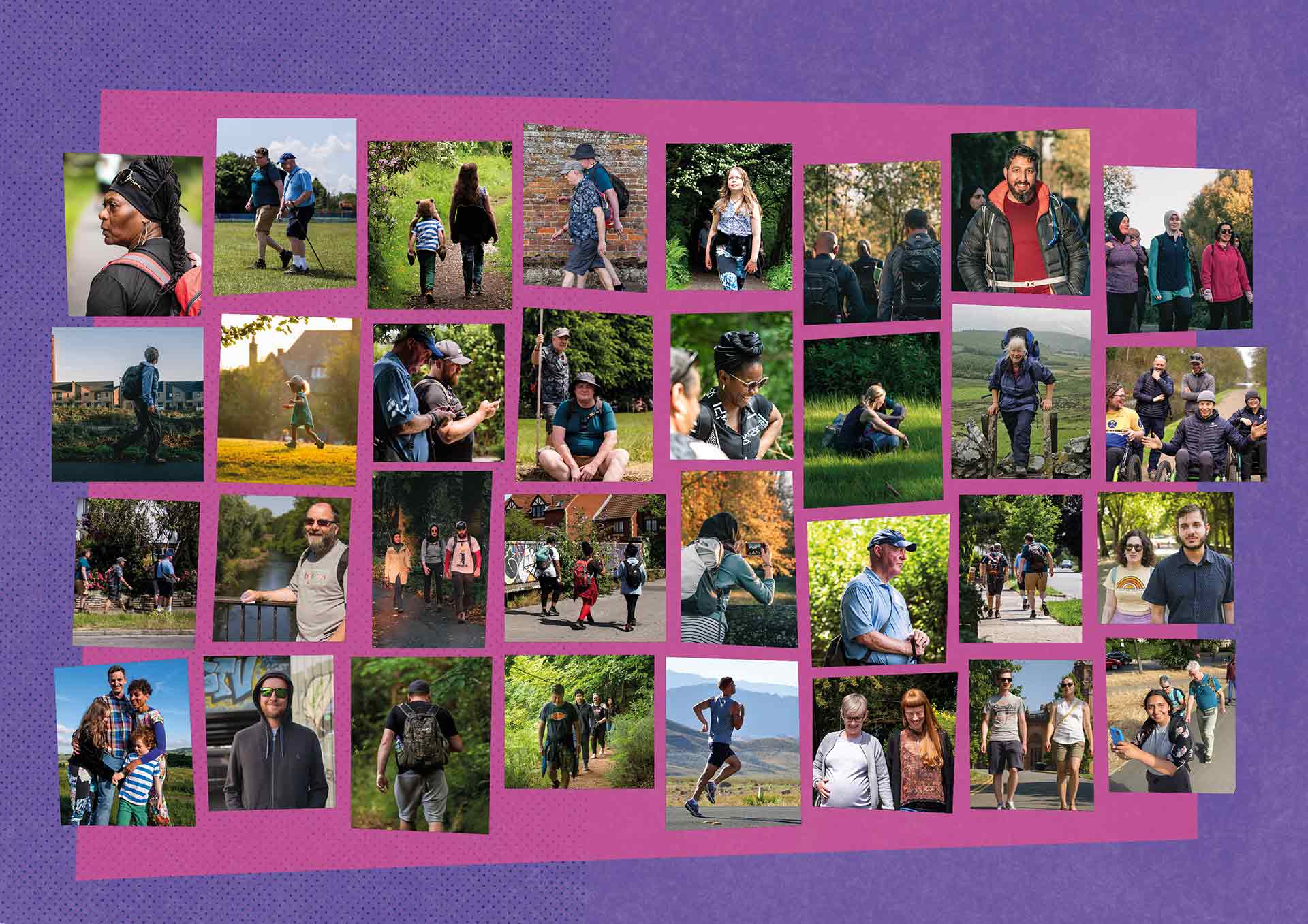Excuse me, are you walking for leisure or travel? These are the two valid purposes for walking. But there are hundreds more purposes, and here are five you might not have tried
What is the vision of Slow Ways? How do we want to change the world? Well, one thing that we often say is that we want to help and encourage people to walk:
more often, further, and for more purposes.
We think that if people know how to get places on foot, and if those places are useful (local towns etc) they are more likely to consider making the journey on foot. And that has all sorts of benefits, from the obvious physical and mental health ones, to community cohesion, environmental plusses, connection to the natural world, and plenty more.

Walking for more purposes
Generally walks are lumped together as either leisure or travel. (Have a look at this infographic from the Office of National Statistics – there are more recent stats here but the infographic is nicer to look at!) But we think that most people already walk for many more purposes, whether or not they have spelled it out to themselves. Working/walking through big emotions like grief, marking life changes, raising money and drawing attention to causes, as artistic endeavours… scroll backwards through this Stories channel and you’ll find dozens of things being done on foot that are neither leisure nor travel.
In addition though, here are five things to do while walking that you might not yet have tried out. They are specific activities, several of which you’d otherwise do indoors and sitting, which can be enhanced by doing on foot. Try them out!
1. Work one-to-ones, appraisals, performance reviews etc
We do this at Slow Ways amongst staff, and it is great. It makes an interaction that could potentially be a thorny eye-to-eye situation over a desk into something much nicer. This sort of work thing is not always easy (and feels very un-British to me, all that honesty and directness!) so doing it side-by-side and outdoors really relaxes things.
At Slow Ways we all work remotely and so we have to make a special effort to meet up, which means we choose a nice Slow Way somewhere we’re keen to explore (and bag snails), so it feels like a bit of a treat too.
Striding along brings all sorts of endorphins, clarity of thought, oxygenated blood, sense of shared purpose, etc, which makes for a good quality discussion. And if there are difficult things to broach then it’s easier to be authentic and less adversarial when side-by-side.
Plus chance of seeing woodpeckers or other such life-affirming, pressure-releasing moments!

2. Counselling
A friend of mine had counselling during covid which due to contact restrictions was offered on foot, and she reported it was really useful. It seems that covid prompted many counsellors and therapists to take their practice outside, and you can search online for ‘walk and talk therapy’ or ‘outdoor therapy’.
Therapists appreciate having more clues as to a client’s state of mind – fast walking might signify anger, and when they pause or choose to sit etc can be significant.
Psychologist Beth Collier says that “The part of the brain that is responsible for ruminative and negative thoughts – the subgenual prefrontal cortex – has been shown to quieten when we connect with nature, which gives people more space to process their problems.”
My friend said that being outside, with all of the uncertainties of weather, helped mirror the control and acceptance she felt she was working on.
And if you’re not looking for professional counselling, you could try empathy walks with friends. In his book ‘Run for Your Life: Mindful Running for a Happy Life’, William Pullen suggests organising empathy runs or walks, whereby you take it in turns to talk for a set amount of time about anything you want to, and then your walking buddy repeats what they’ve heard, without offering solutions or opinions.
3. Long phone-calls
I struggle to concentrate on phone calls if I’m sitting inside. I get twitchy, the comfiest places in my house don’t have very good reception, I feel overheard, and everywhere my eyes settle there’s washing up or unopened post. Doodling works – it doesn’t distract me from the conversation, but frees me up from feeling a need to do something productive with my body, so that my mind can listen, I think.
Walking around while talking is even better – like doodling in space. I get some activity at the same time, and can go really astonishingly long distances during the course of a long-overdue catch-up phone call. It also sometimes imprints a memorable call on the landscape that I am walking through, so that there are streets near my house that remind me of significant conversations. Which in a way brings a distant friend into my physical orbit, which is comforting.

4. Citizen science
No doubt when you walk anywhere you notice the wildlife around you. Whether actively or not, it’s one of the best things about being outside. If you want to take your observations to the next level – to train yourself to pay attention, to learn a bit about what you are looking at, and to get to know your area in different seasons – Slow Ways can really help.
The basic tool of nature observations is the transect – a straight line that cuts through a natural landscape. It creates a randomly selected field of study, along which observations and measurements can be made. Perfect use of a Slow Way!
If you walk the same Slow Way many times, measuring the birds, bees, insects, plants or animals that you see, you will build up a picture of how the landscapes you are moving through are populated. Walk it in every season to see how it is differently populated throughout the year, and walk it at the same time of year for several years running to see how years differ from each other.
This can all be for your own enjoyment and to deepen your understanding of the landscape where you live or visit. Or you can submit your observations to some of the many counts and projects that exist, for whom citizen scientists are making a big difference to monitoring.
Getting information about how land use and climate change etc are affecting the natural world is all important to being able to protect what lives in these places. Knowledge is power!
Ben Porter wrote us a really brilliant guide to using Slow Ways as transects.

5. Meditation
I really ought to get around to learning to meditate. I’d love to be able to harness that zen power. I’m sure being able to put aside stress and anxiety at will would lengthen my life.
But when do I find the time or space to sit quietly in my flat? See point three, long phone-calls, about washing up etc. If I can’t not see the laundry situation when on the phone, it’s even harder when sitting doing as close to nothing as I possibly can.
The popularity of mindfulness – the cognitive skill of being in the present, and bringing non-judgemental awareness to the body and surroundings – has become very popular over recent years. And that’s a good thing. The demands on our attention seem to get more frenetic with every passing year, and mindfulness practices are a really good way of learning to find calm wherever you happen to be.
Being outside brings all the additional benefits already mentioned, so walking meditations can be particularly powerful, plus – no laundry pile in sight.
Headspace, the meditation app, has this suggestion of a walking meditation, which suggests a number of things to draw your attention to, from how your body feels, to the rhythm of your gait, to the smells and sounds around you.
I think I love walking because it’s the closest I get to meditating as it is. This lovely quote from Rebecca Solnit, in her book Wanderlust, sums it up for me:
“Walking, ideally, is a state in which the mind, the body and the world are aligned, as though they were three characters finally in conversation with each other, three notes suddenly making a chord. Walking allows us to be in our bodies and in the world without being made busy by them. It leaves us free to think without being wholly lost in our thoughts.”
Aaaaand… do it on a Slow Way. Of course I have to say this – I may be contractually obliged. I’m certainly hooked! The additional bump of wellbeing that comes from walking a route that an exciting new national project really needs you to walk and report back on – well, why not? If you need help getting started on Slow Ways, download this or read this or join one of our regular online welcome sessions.
